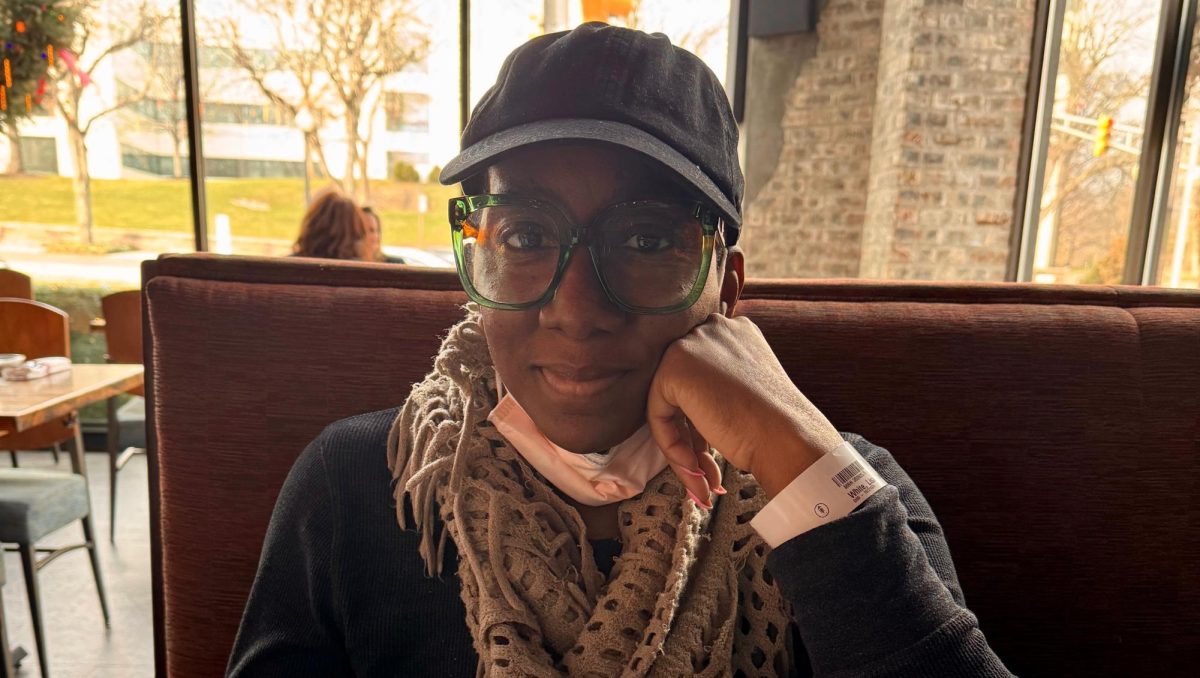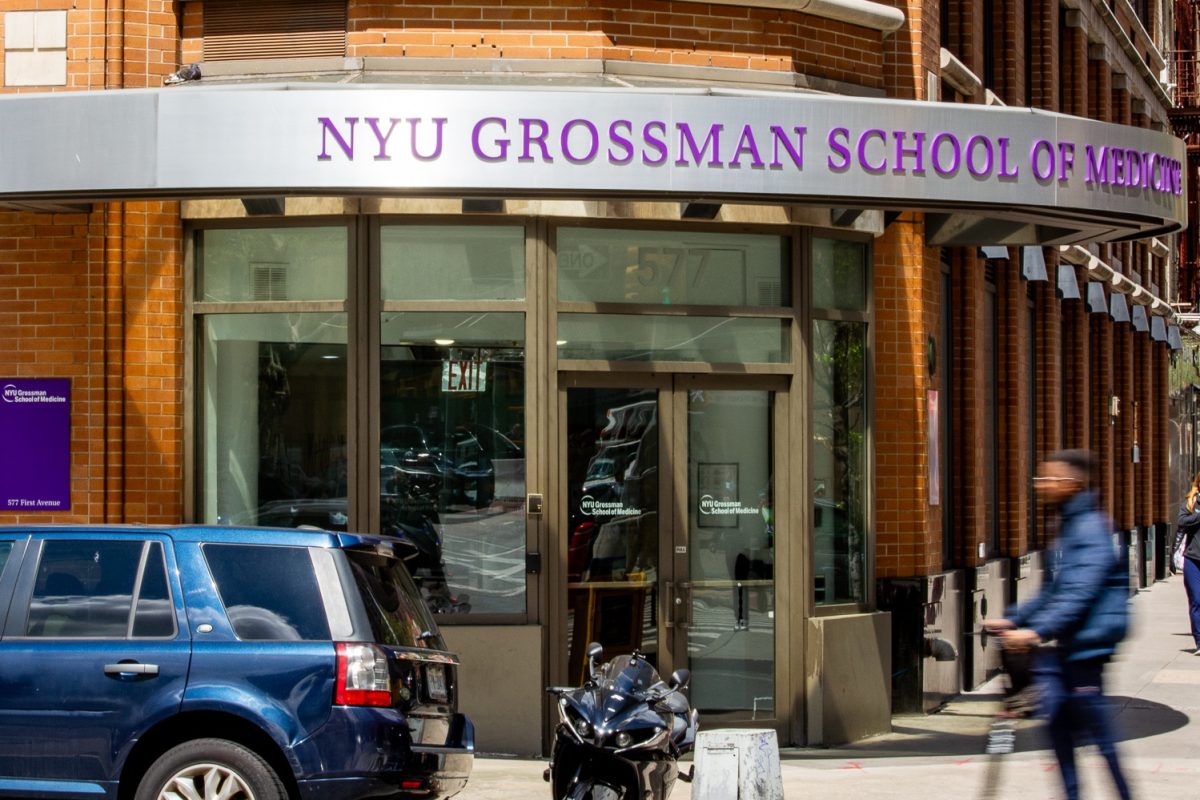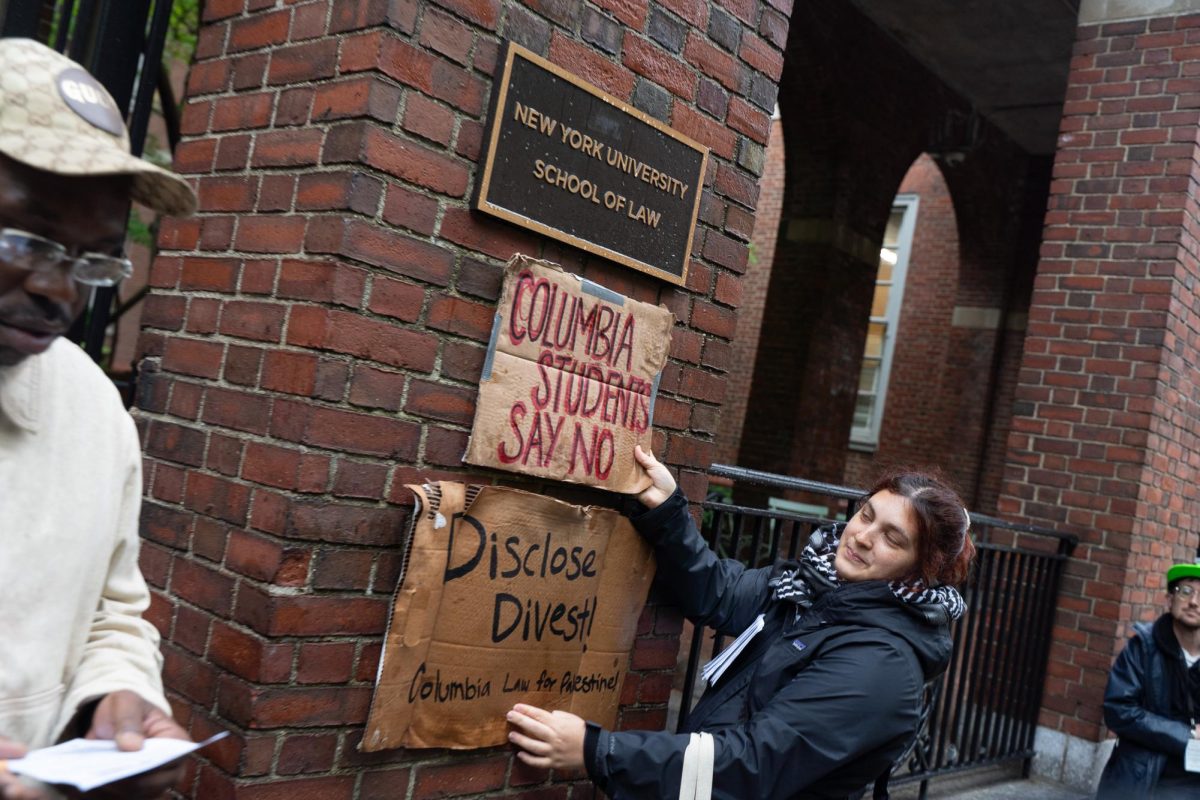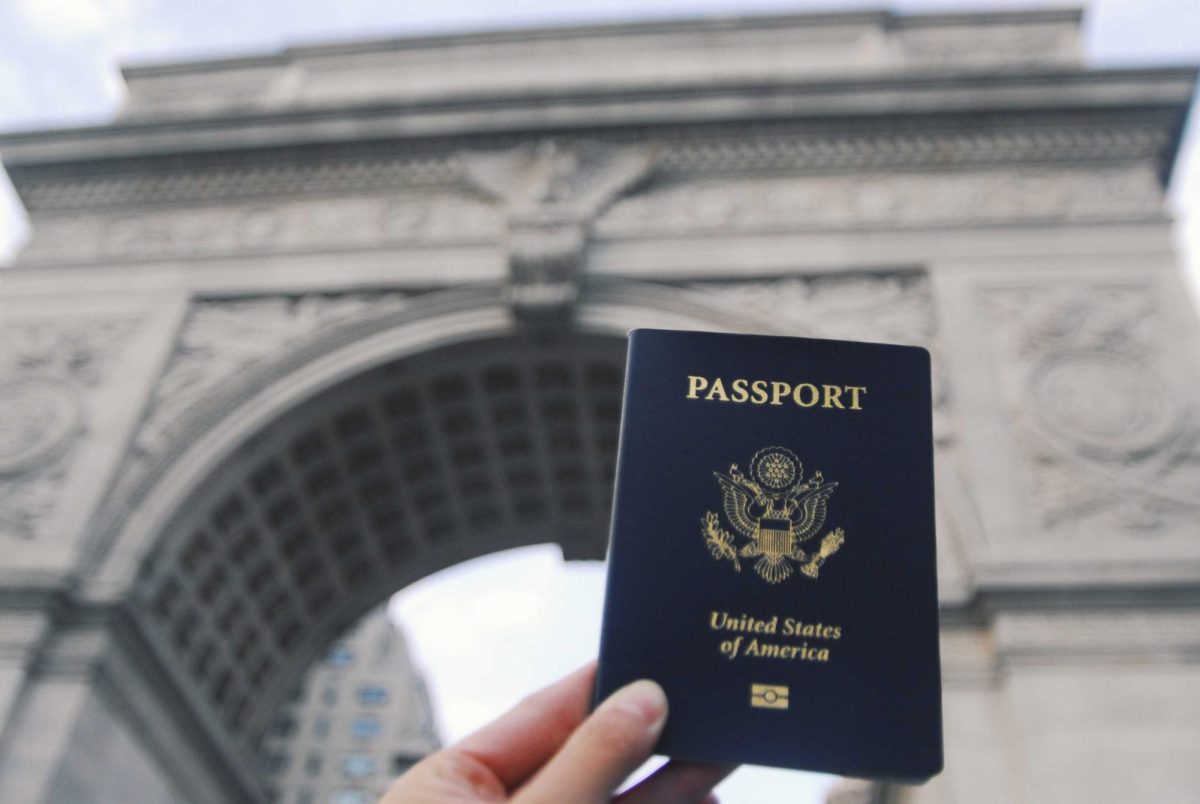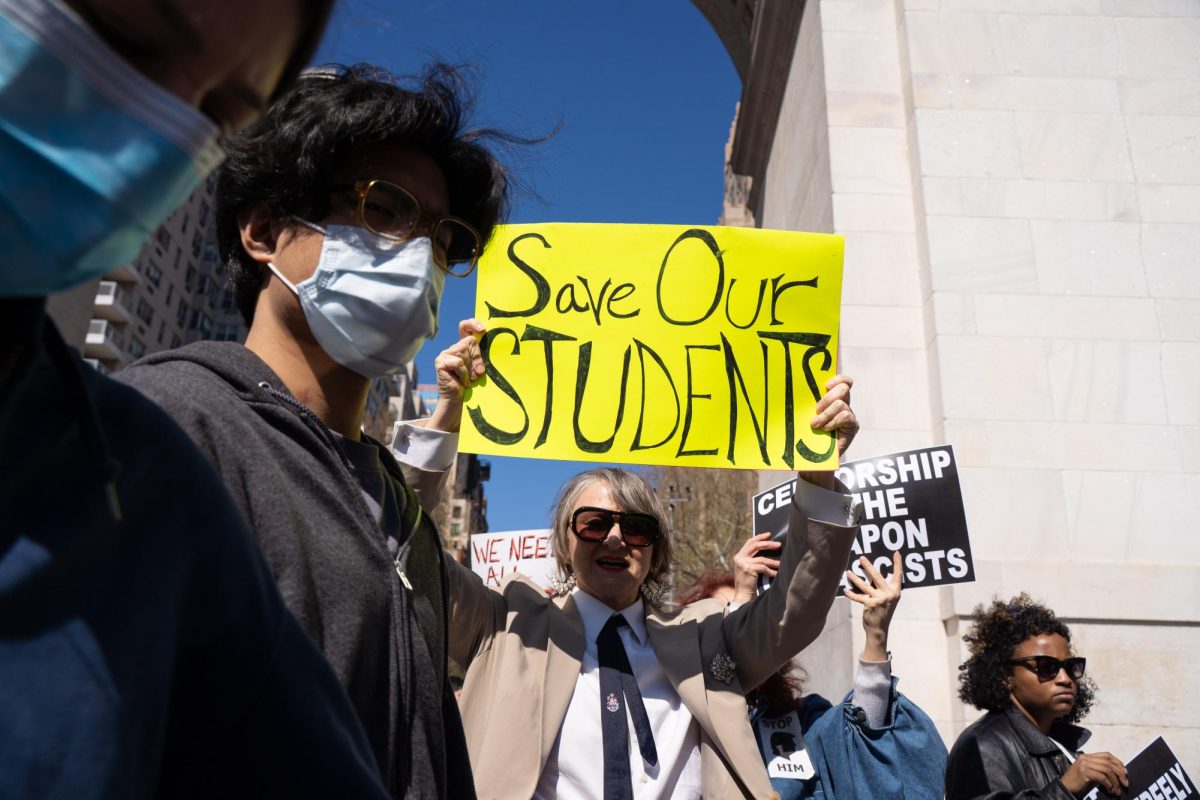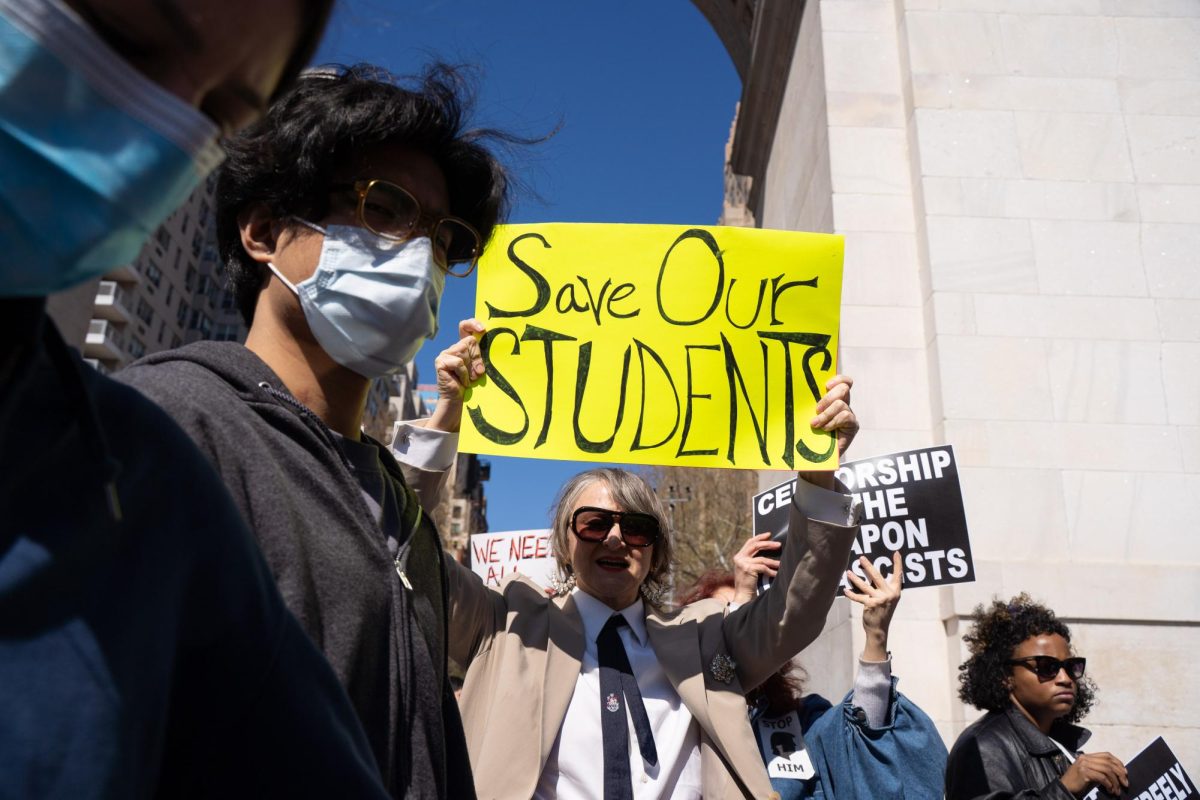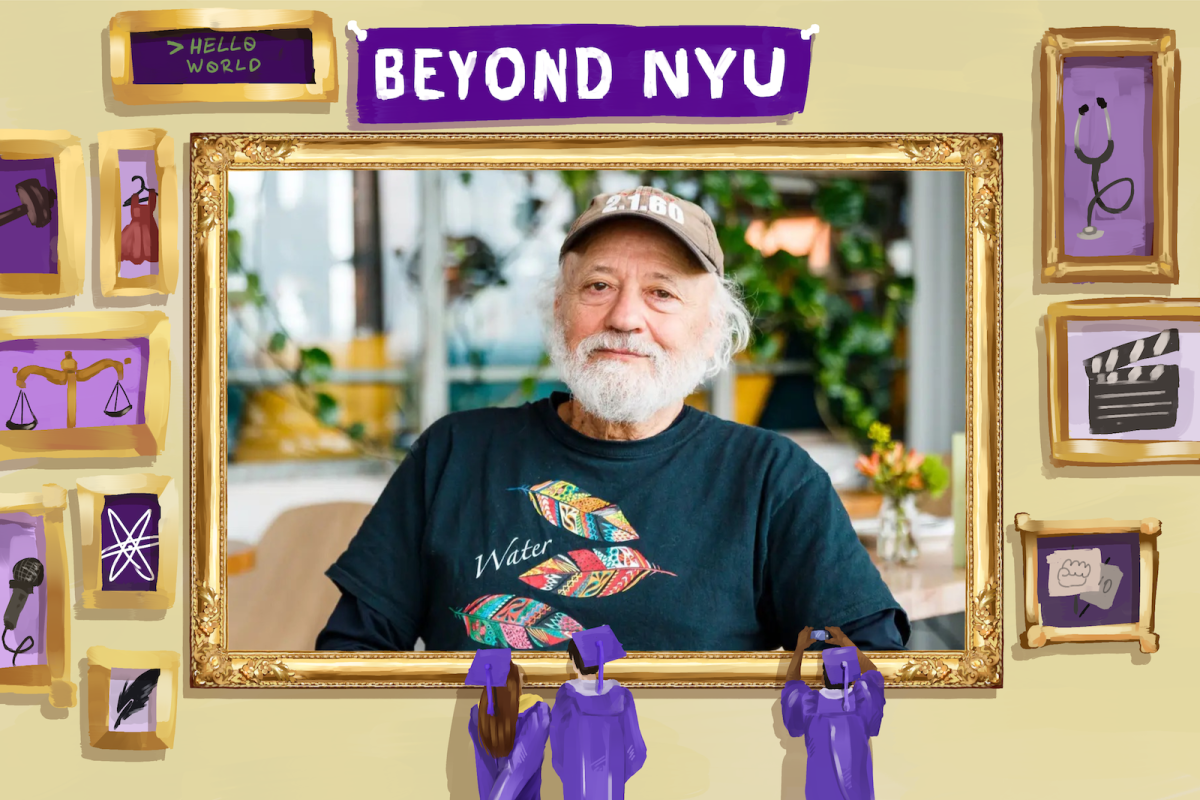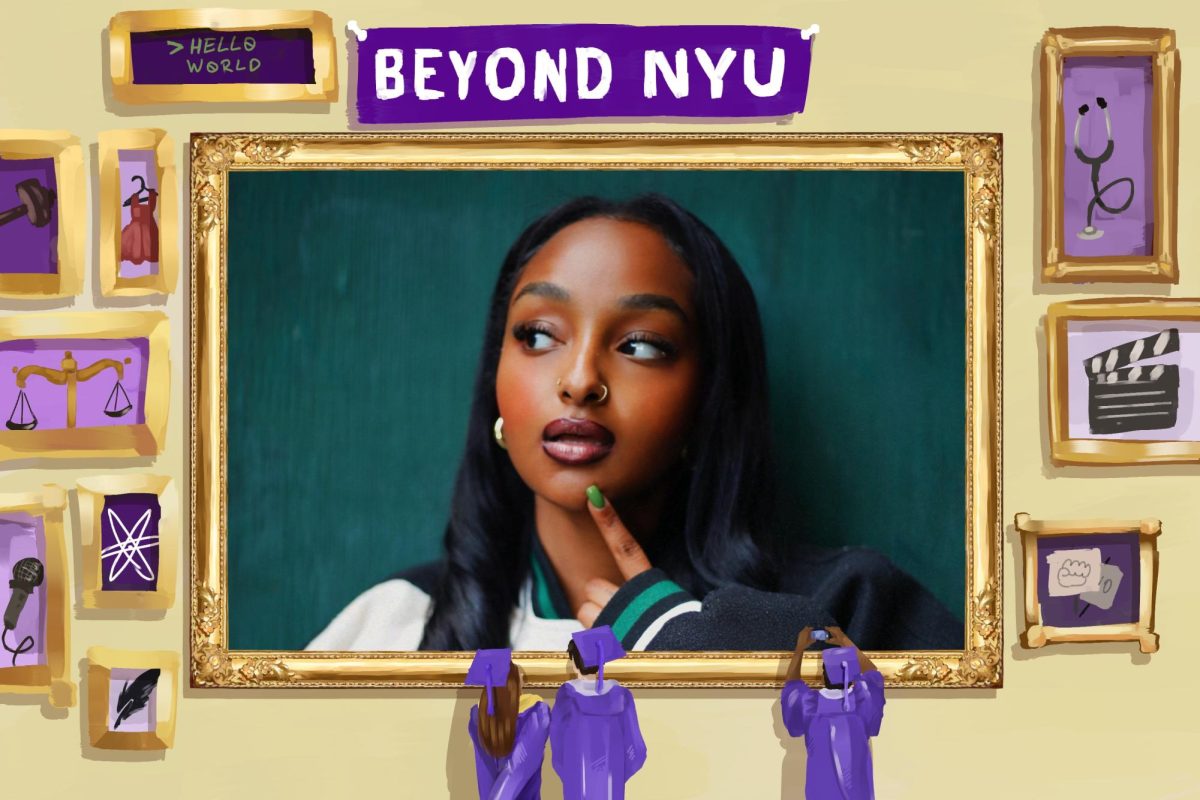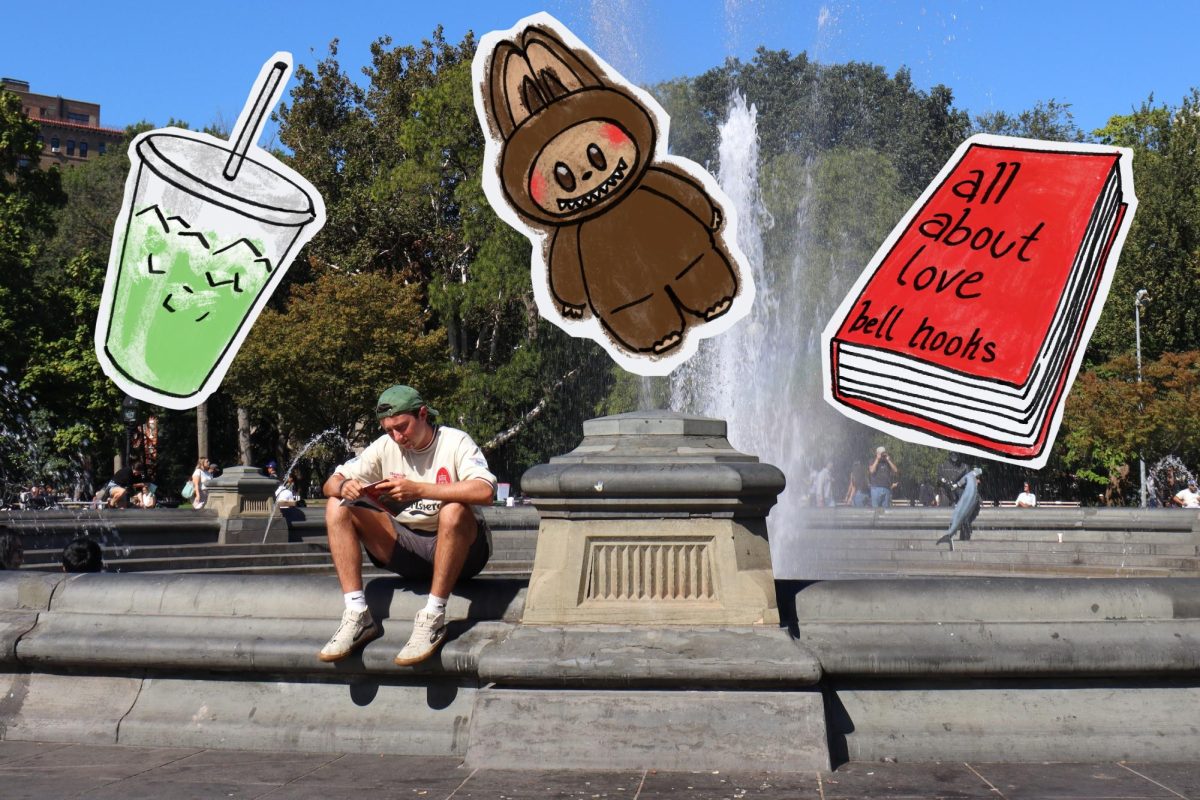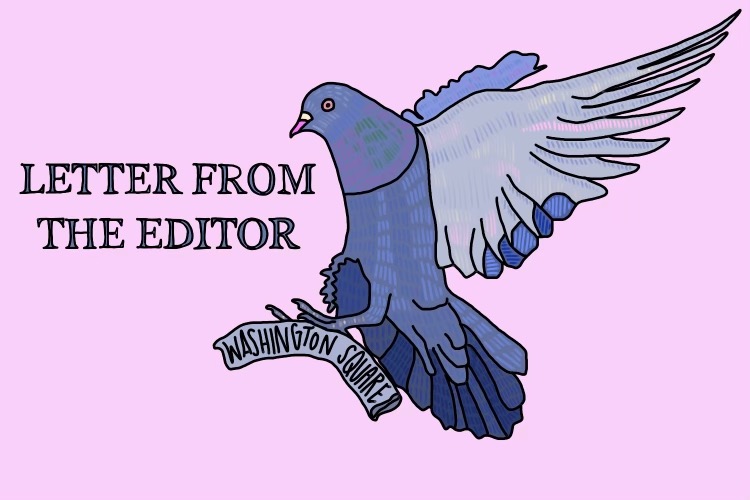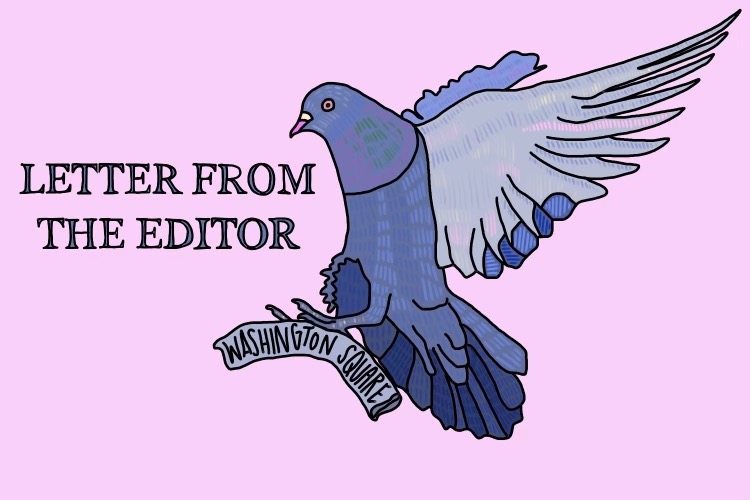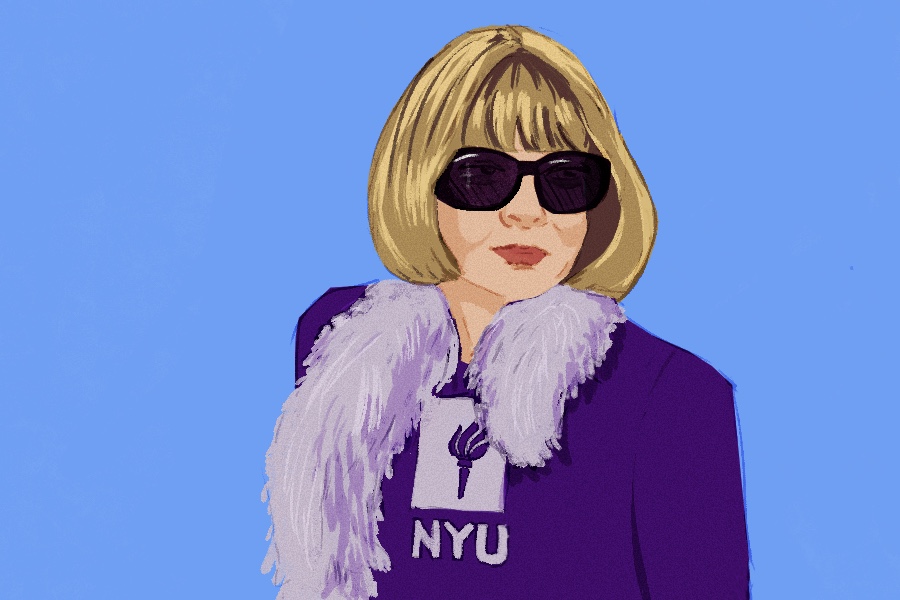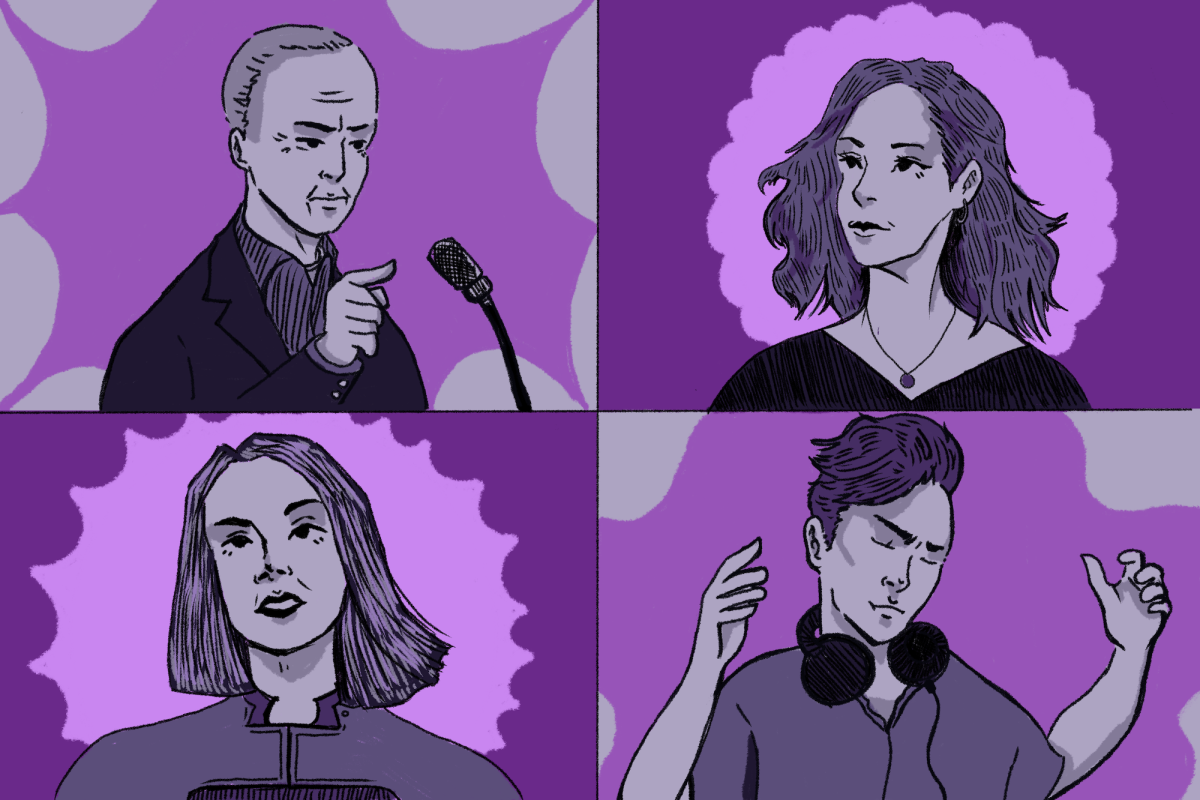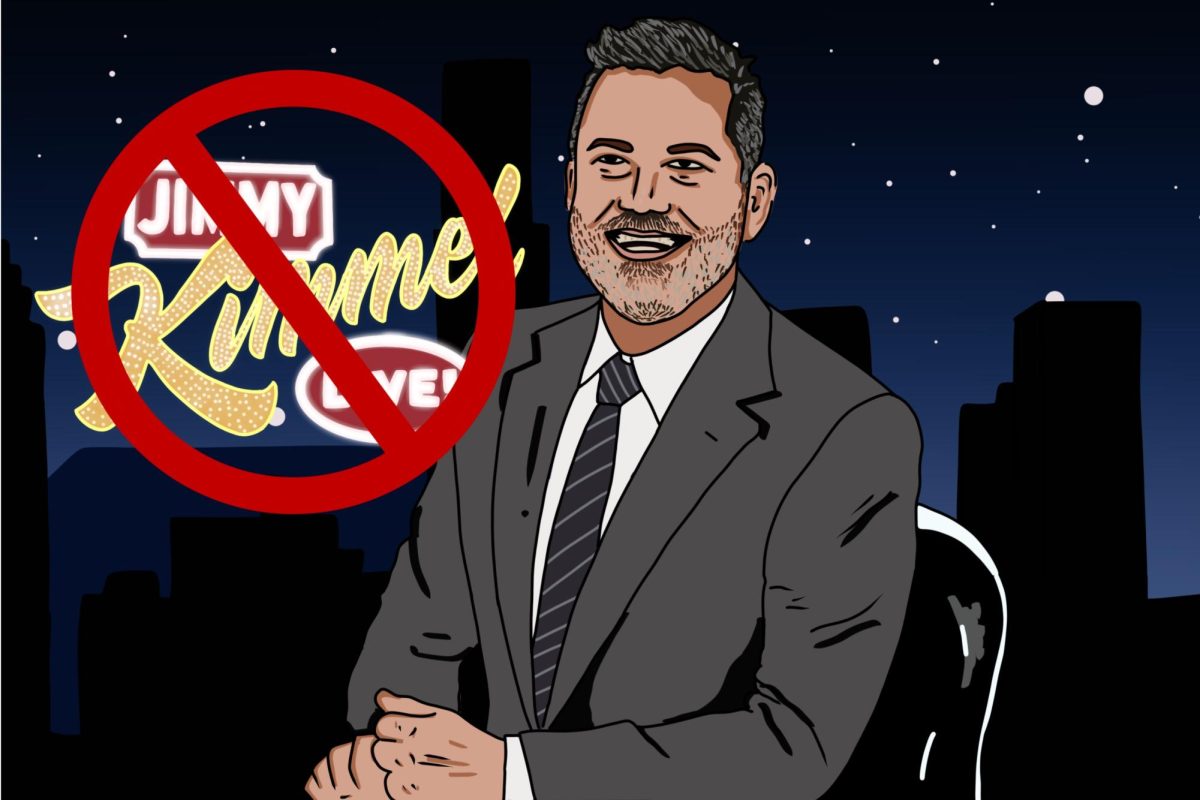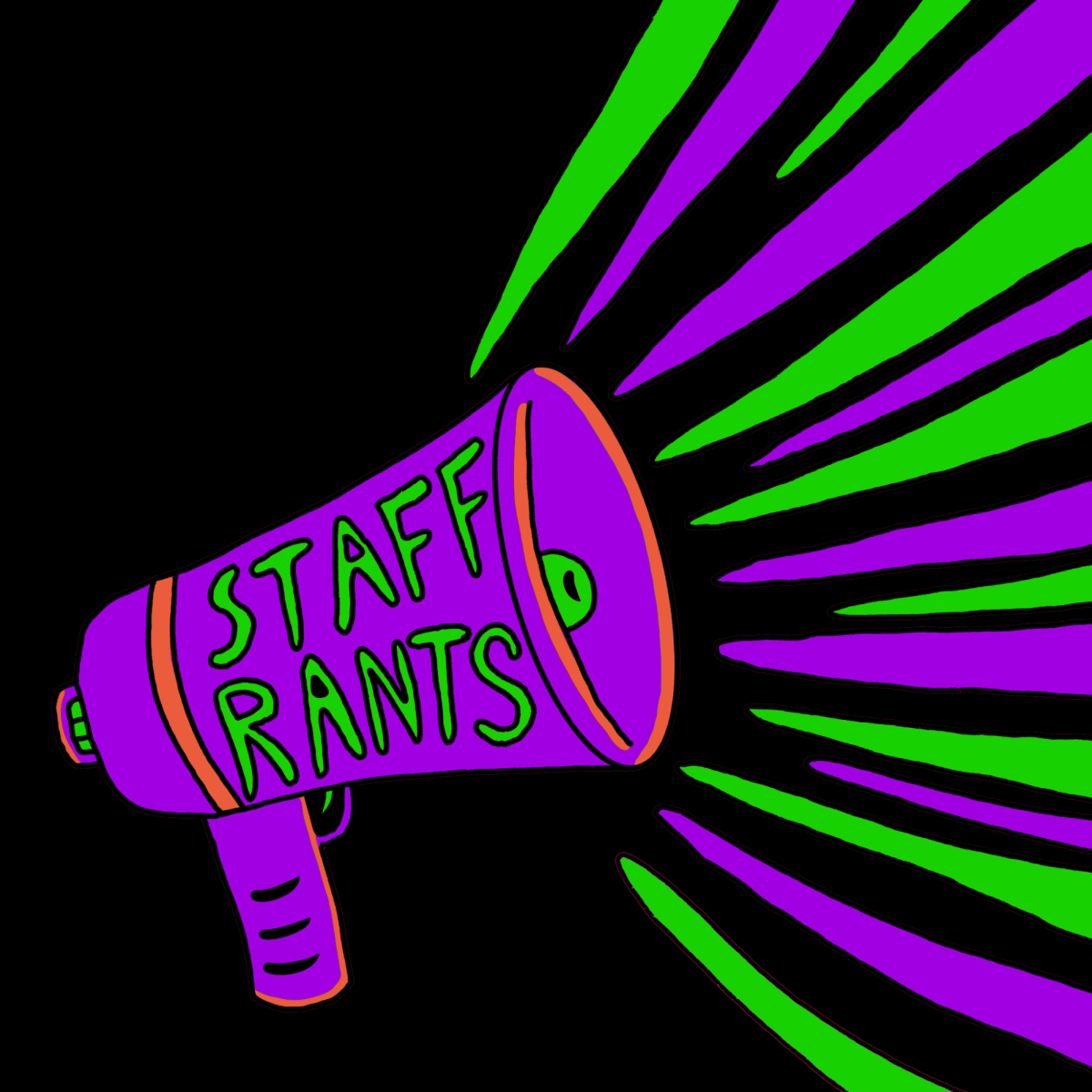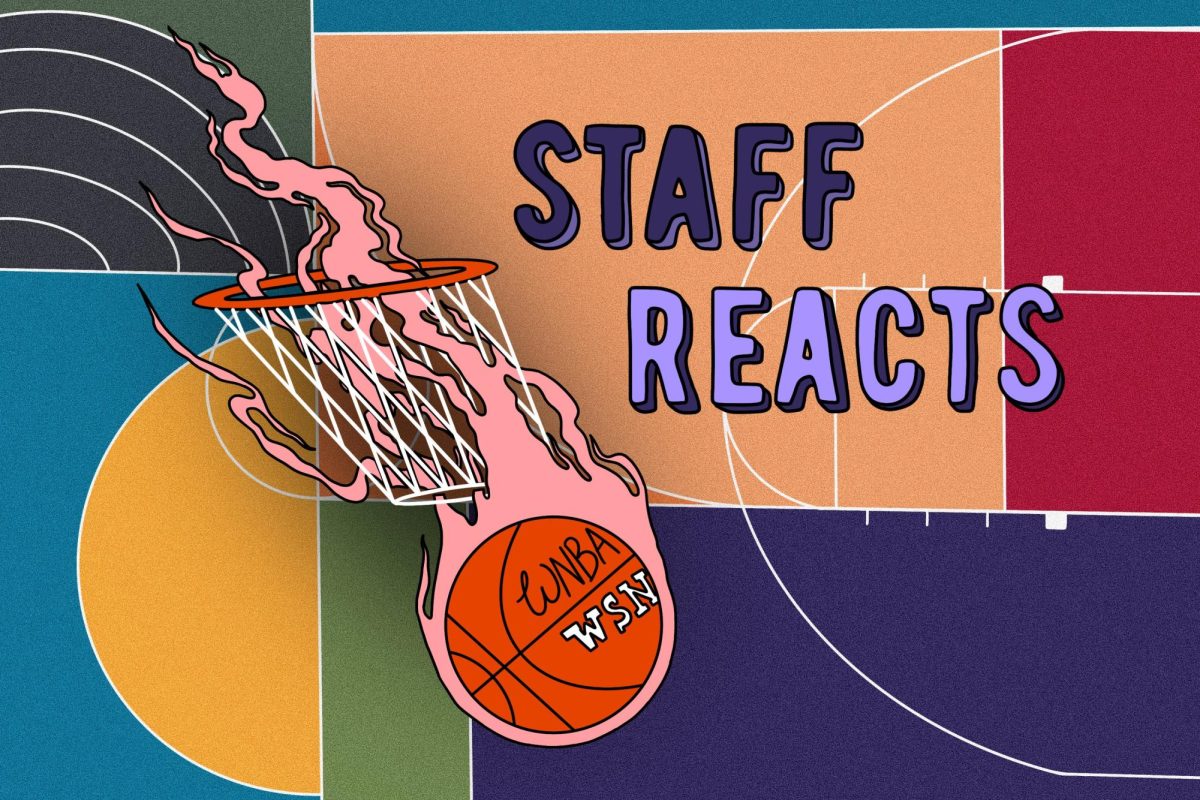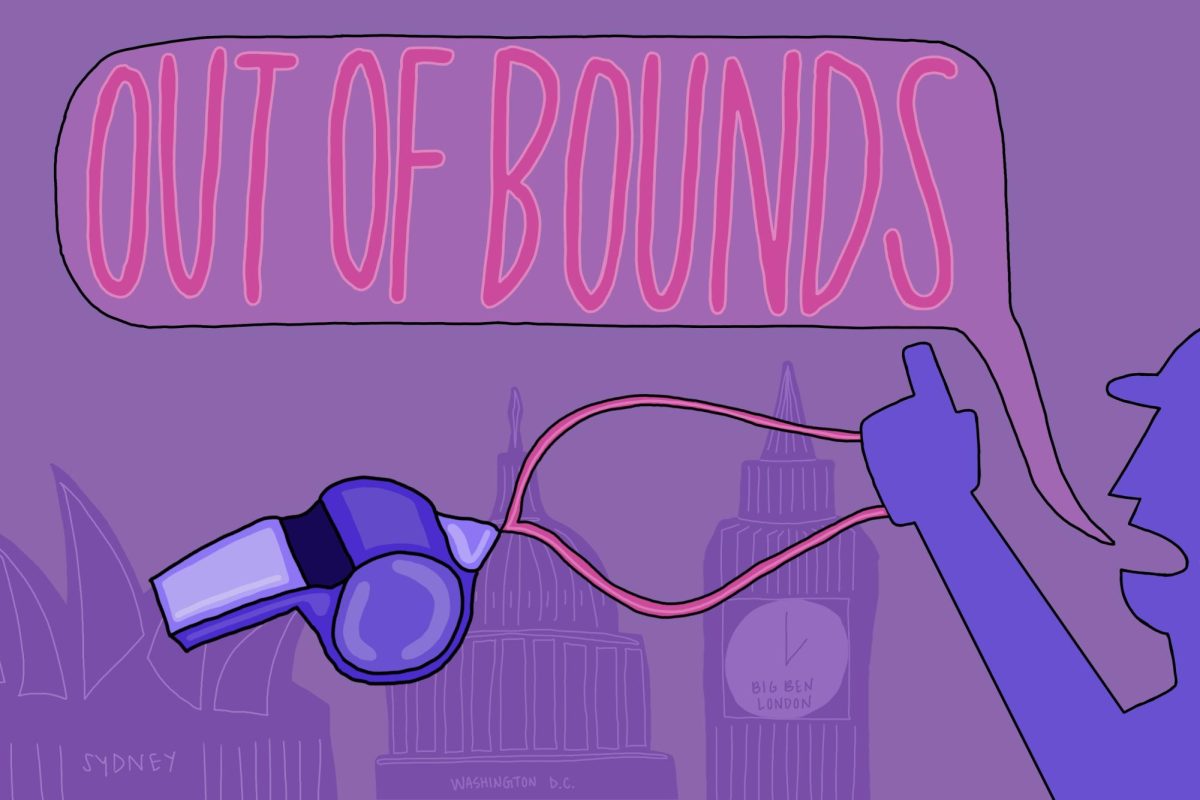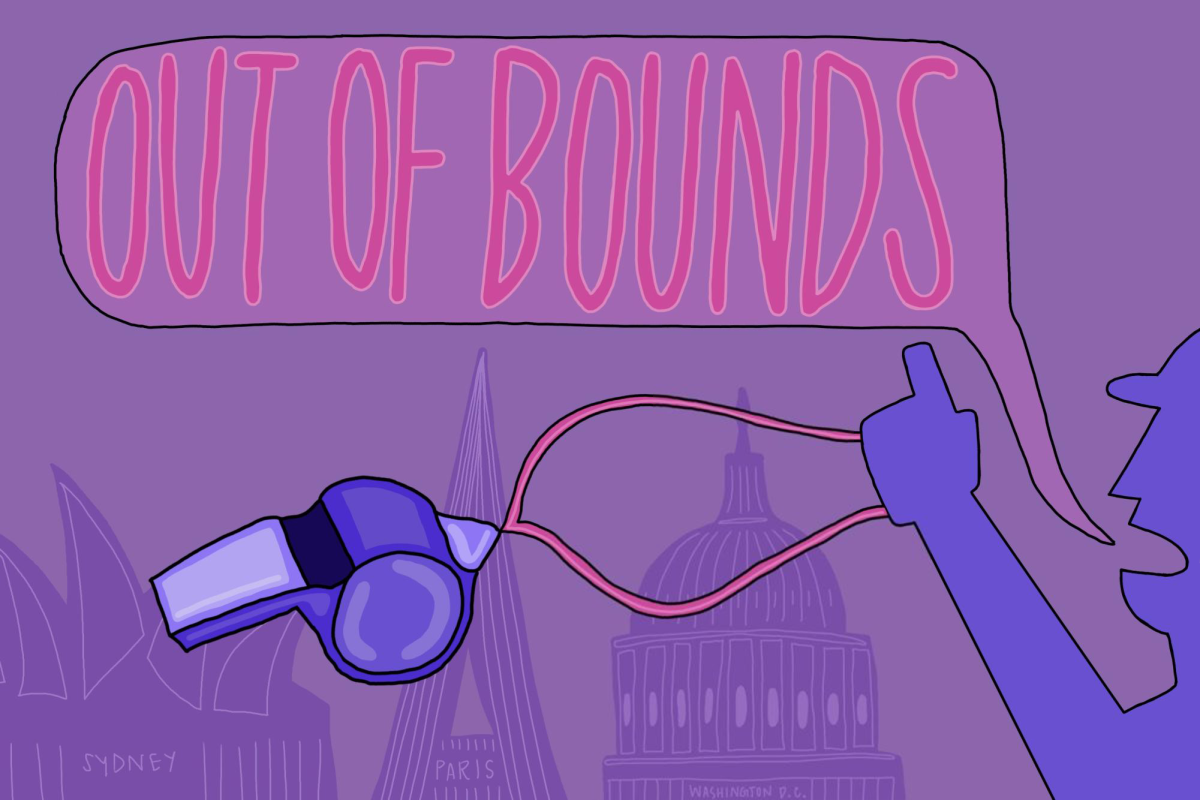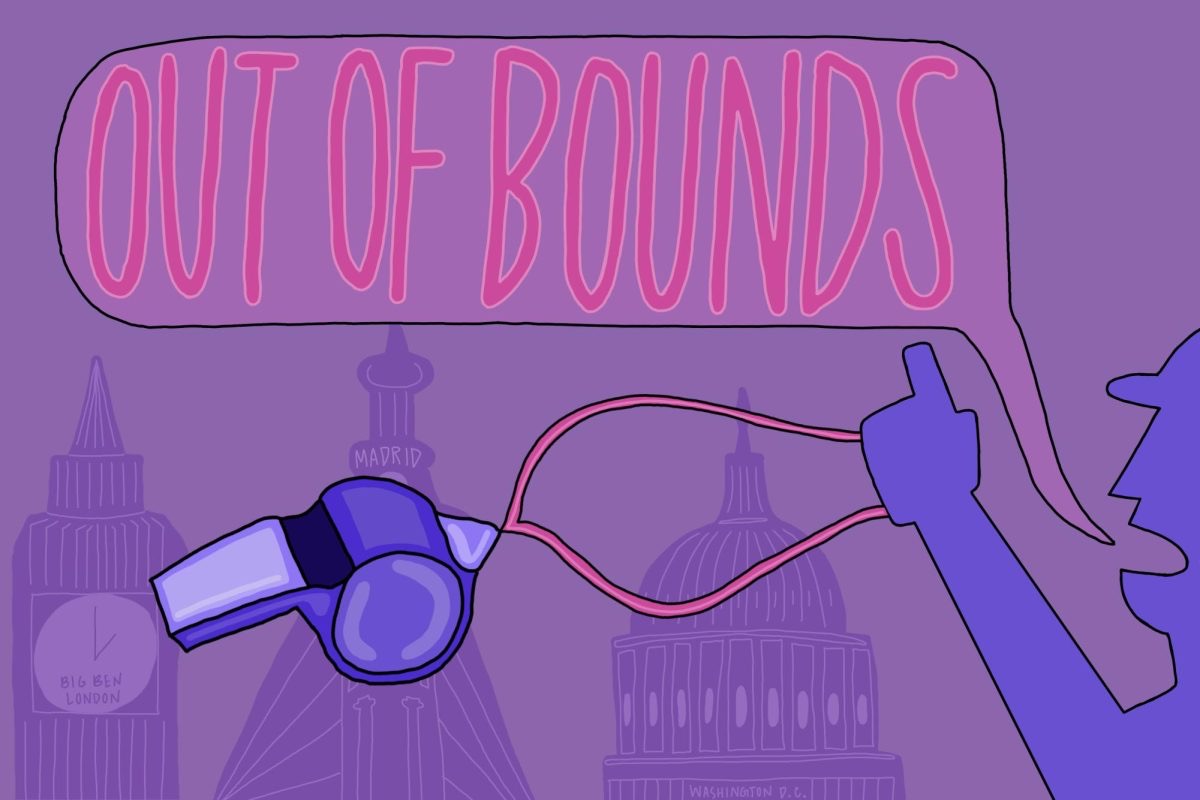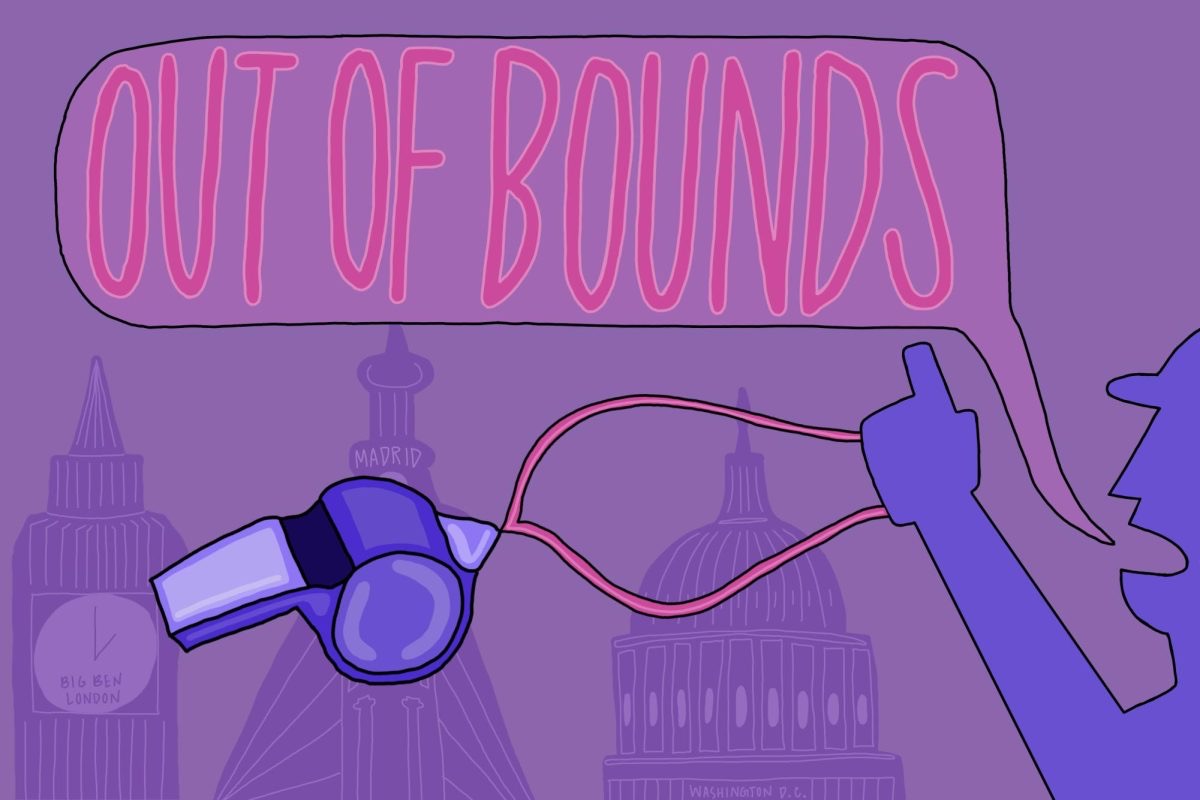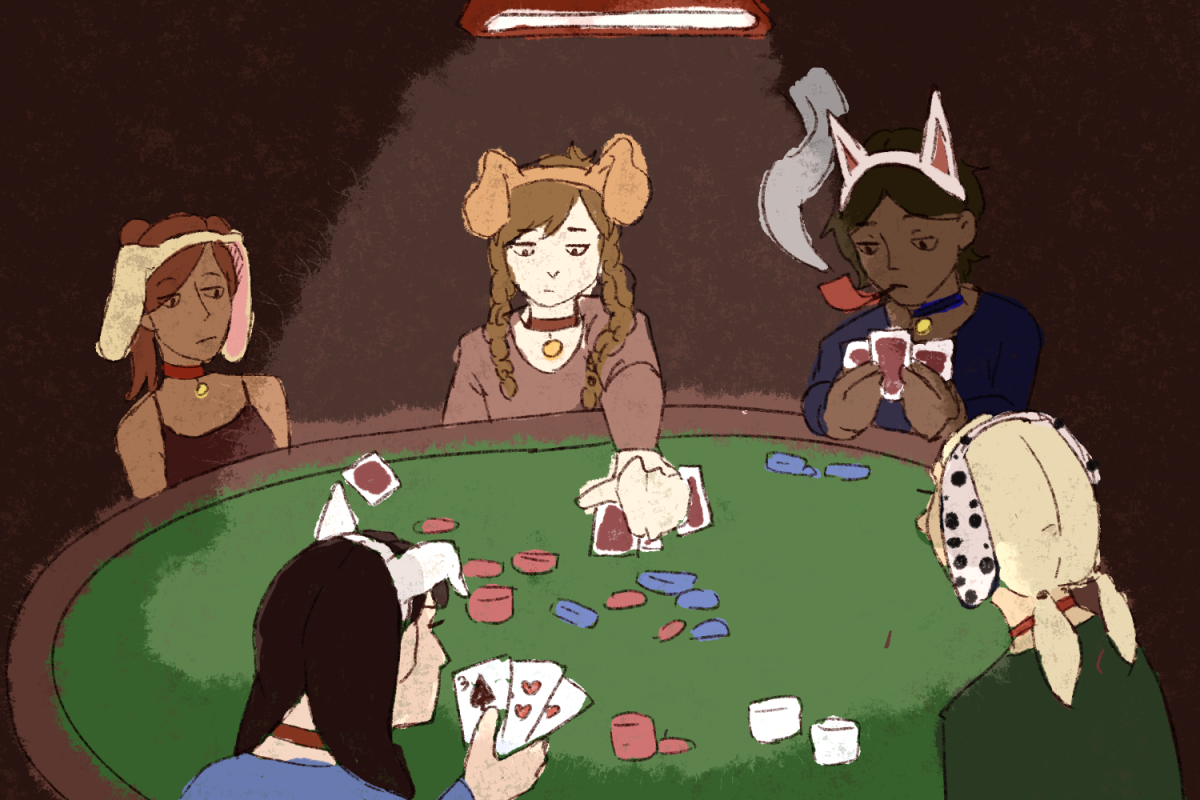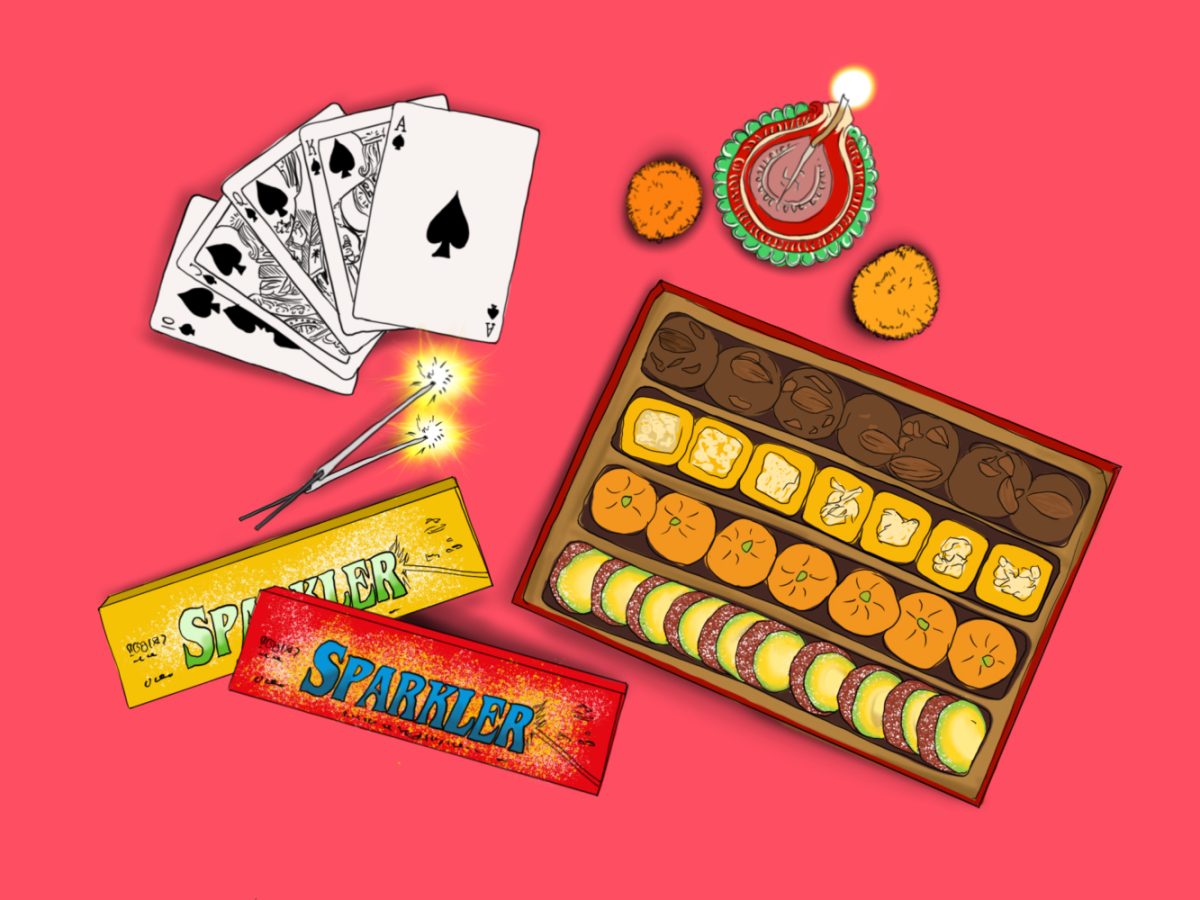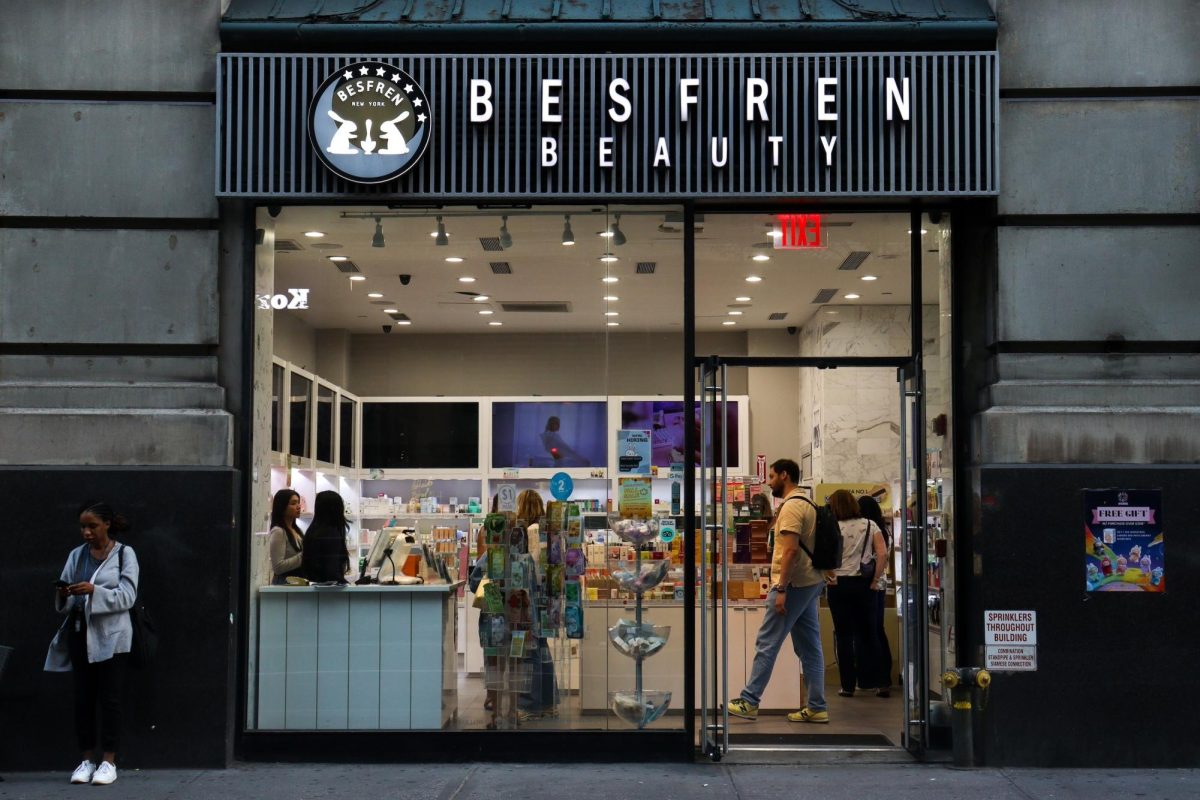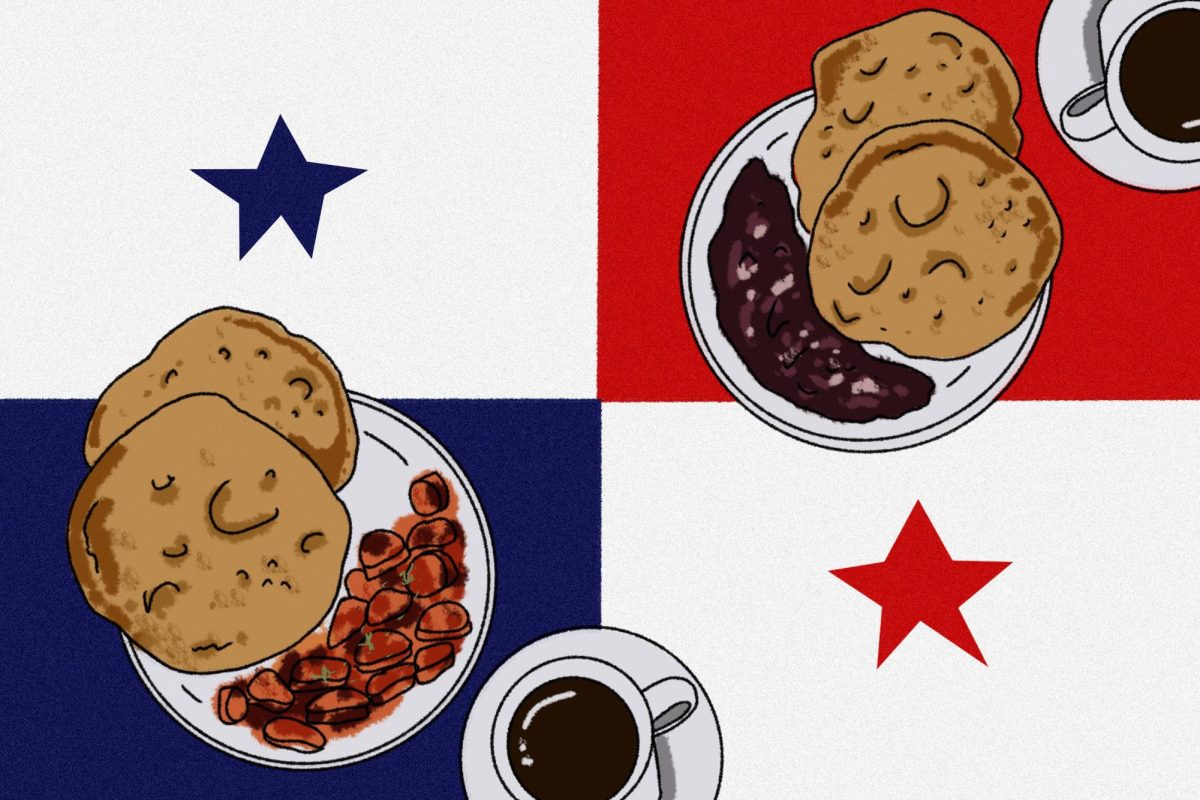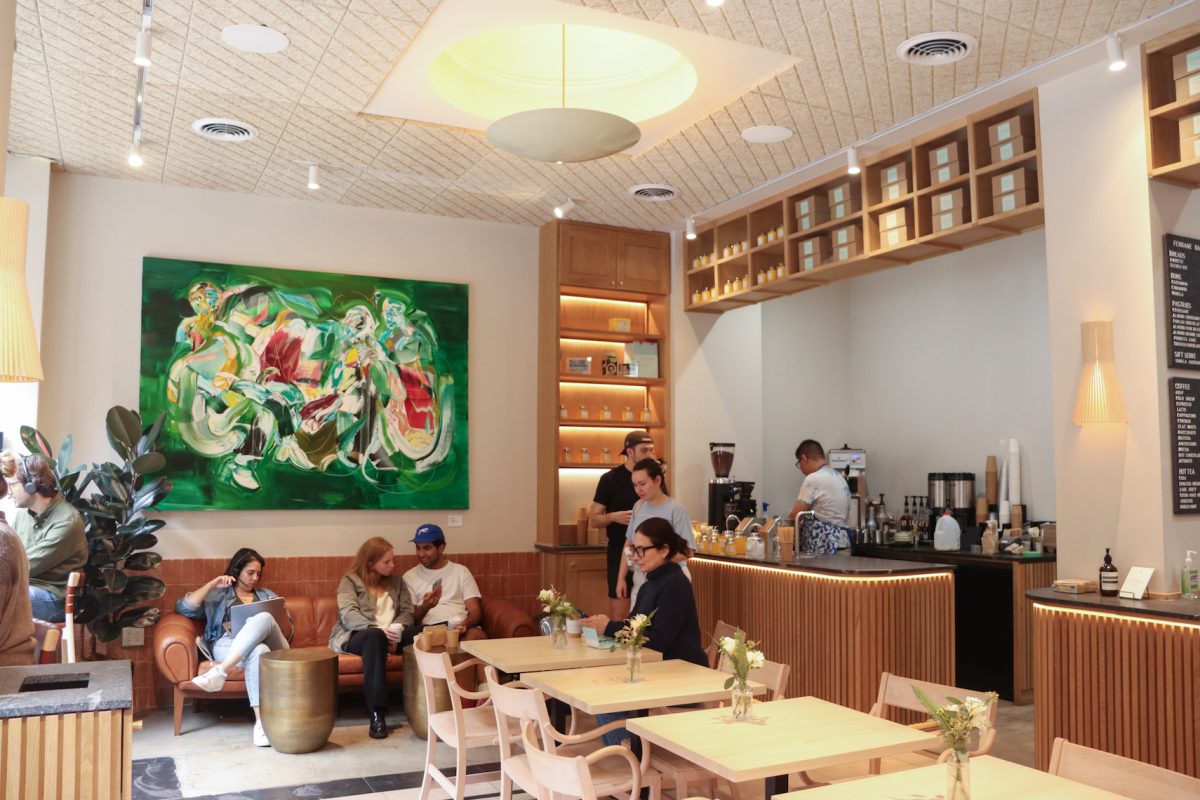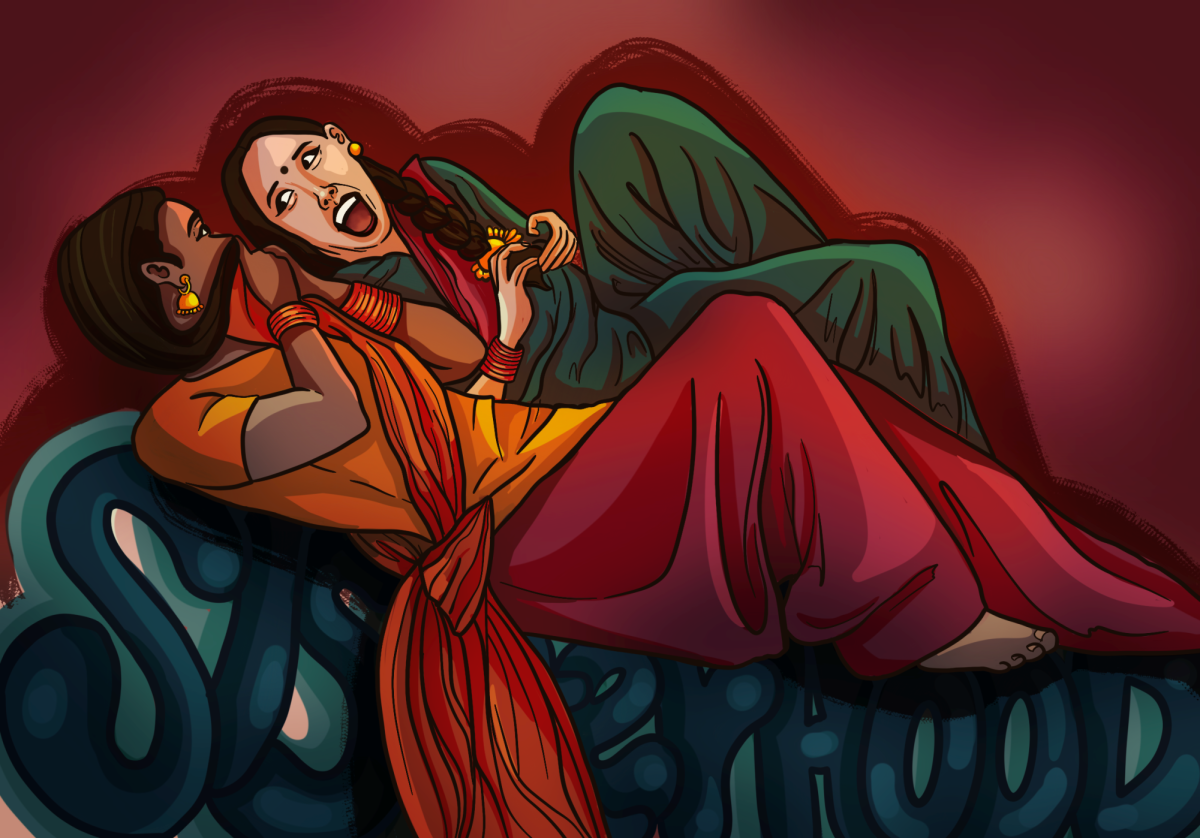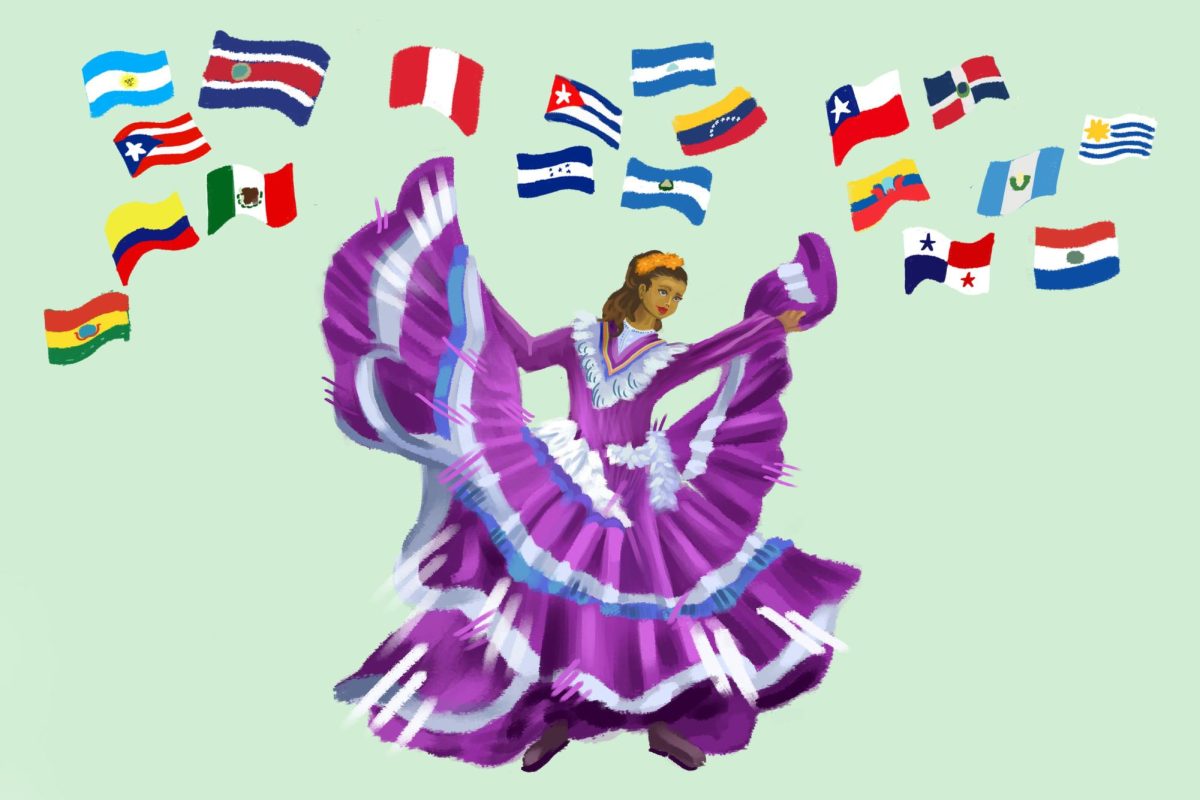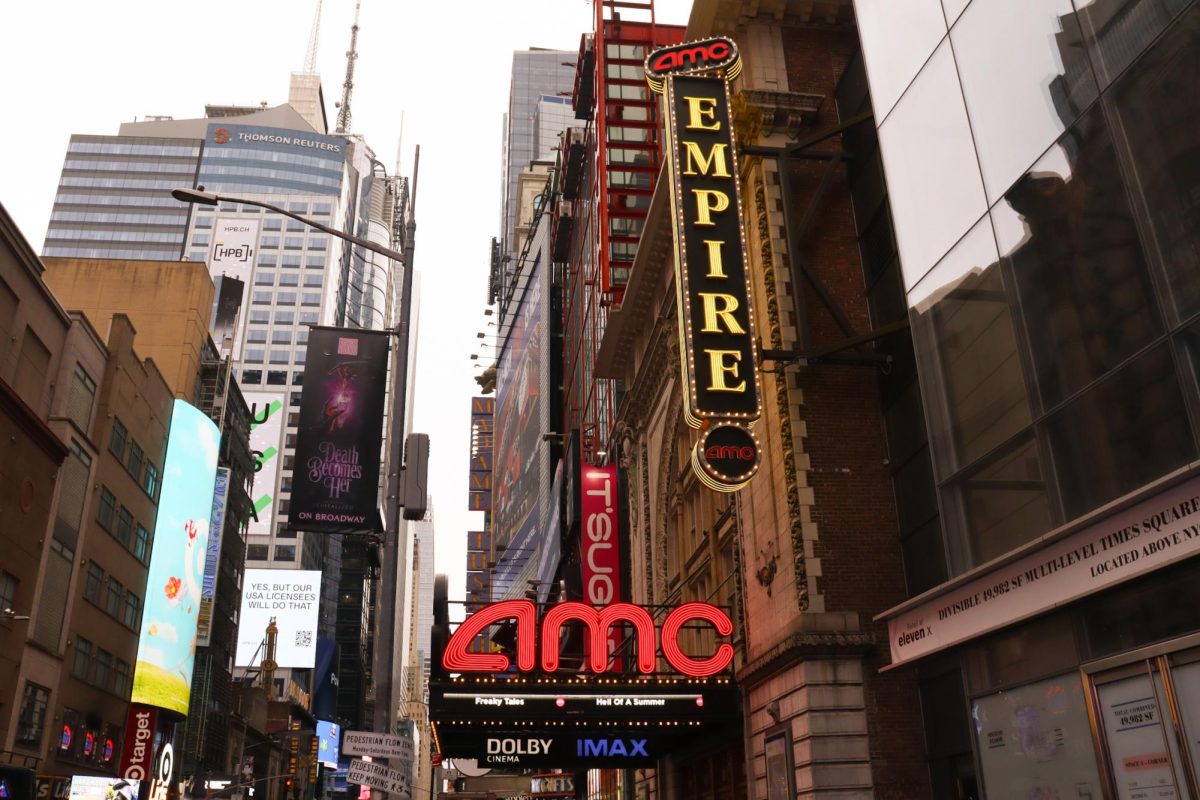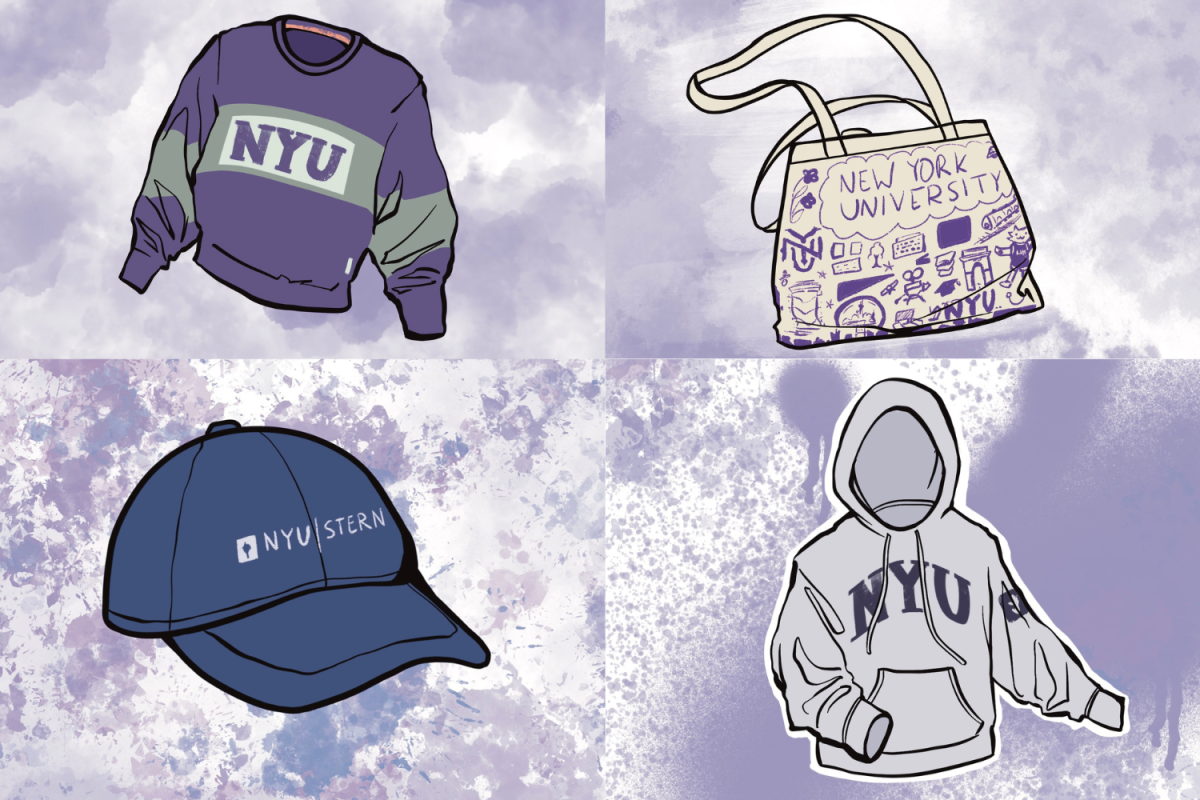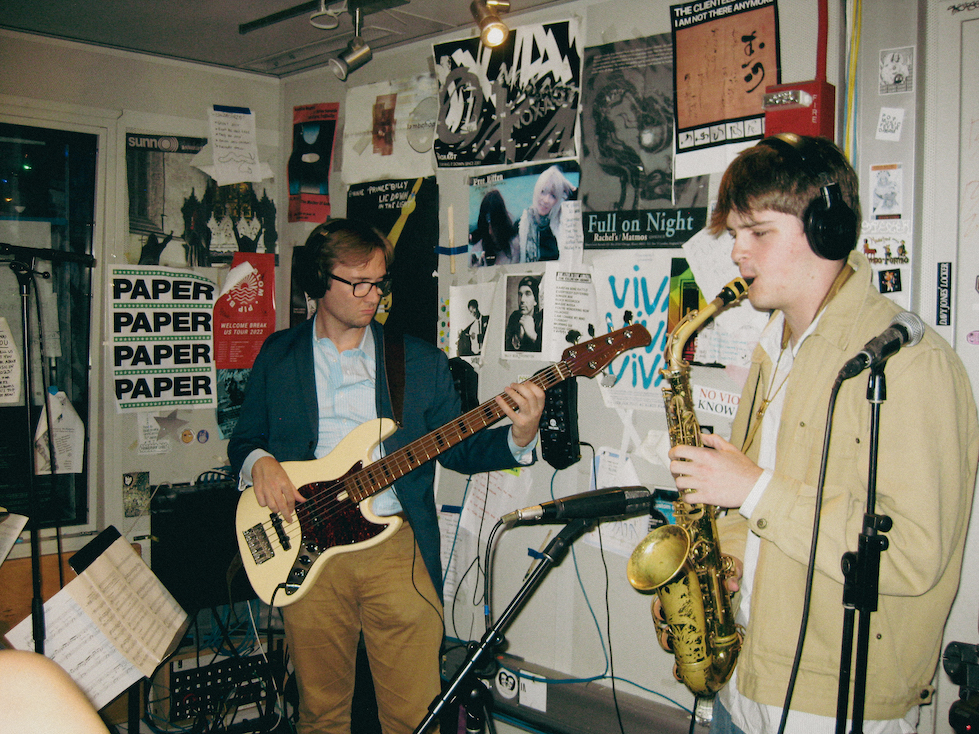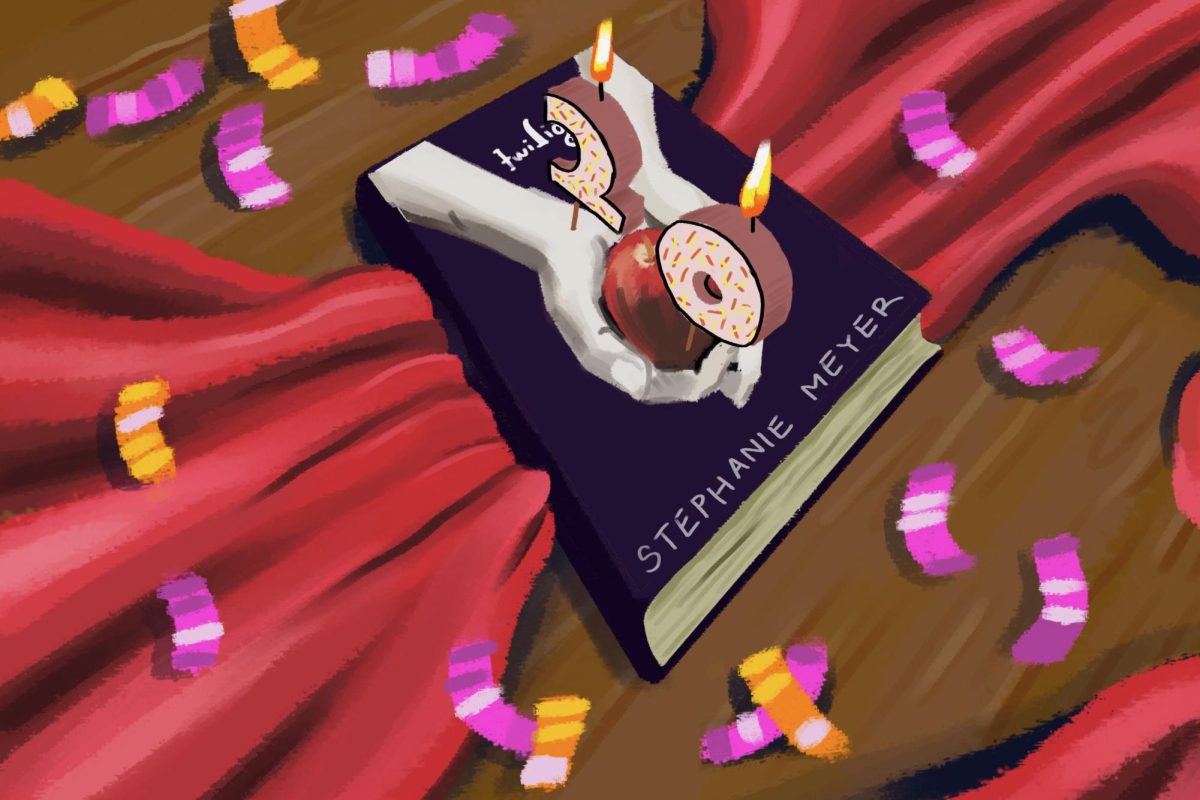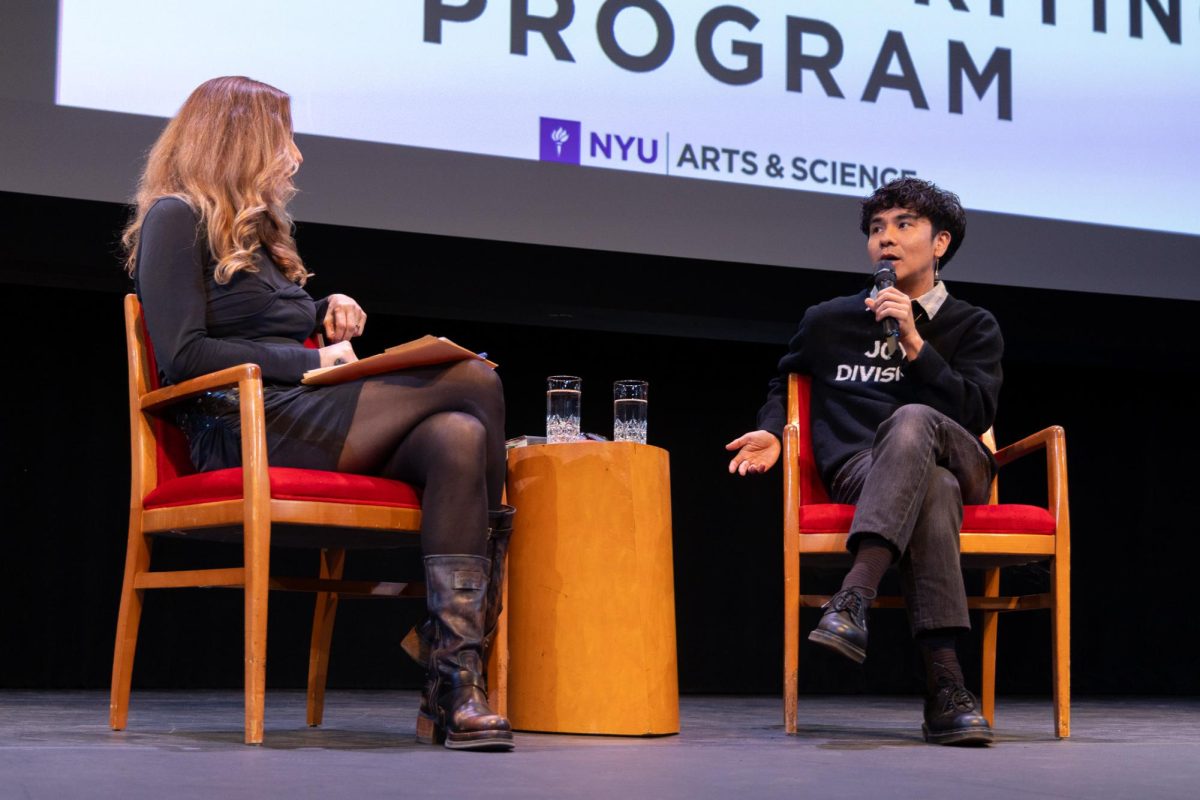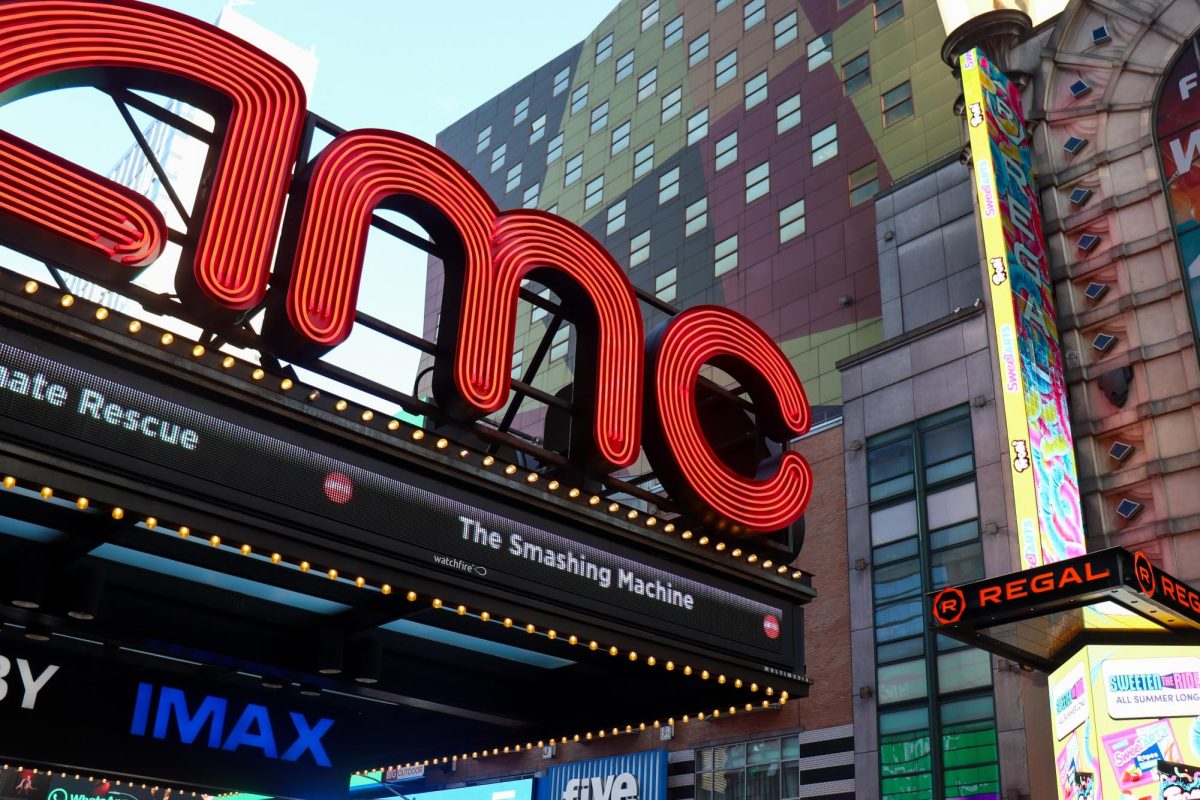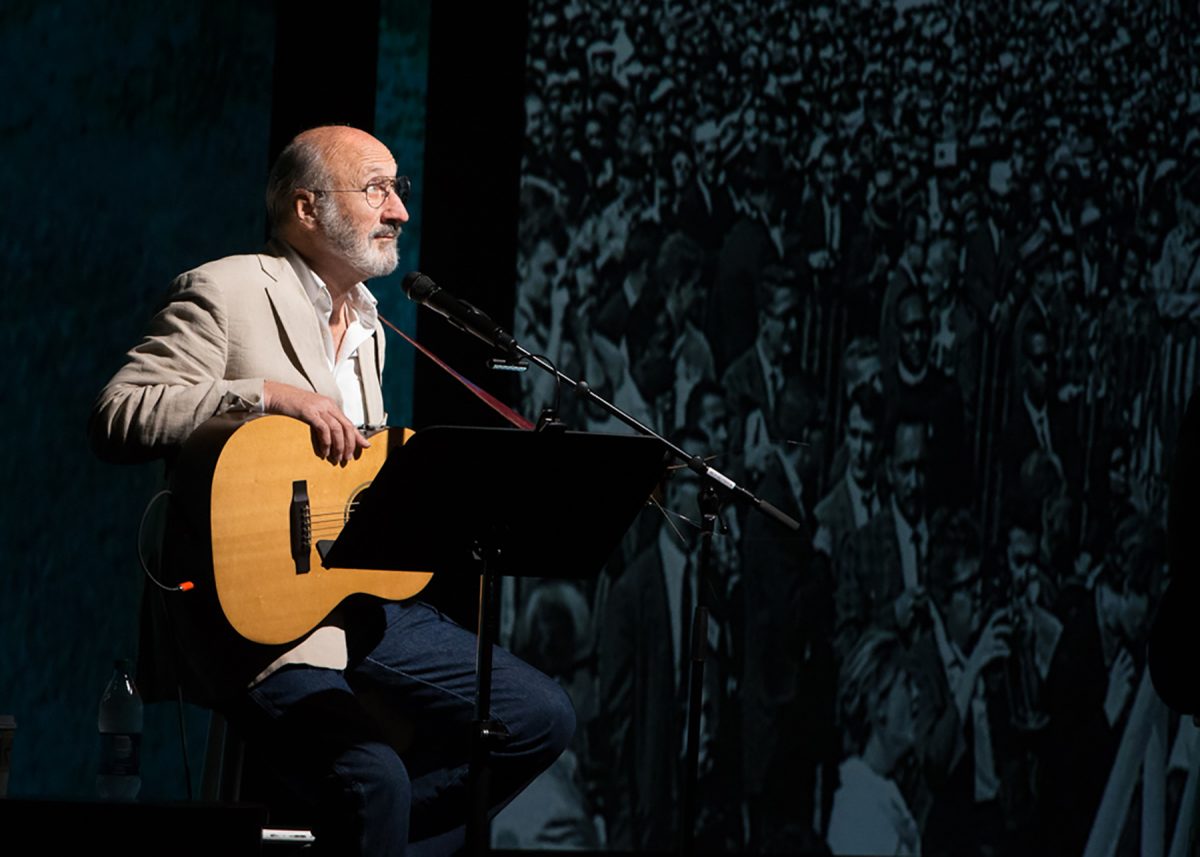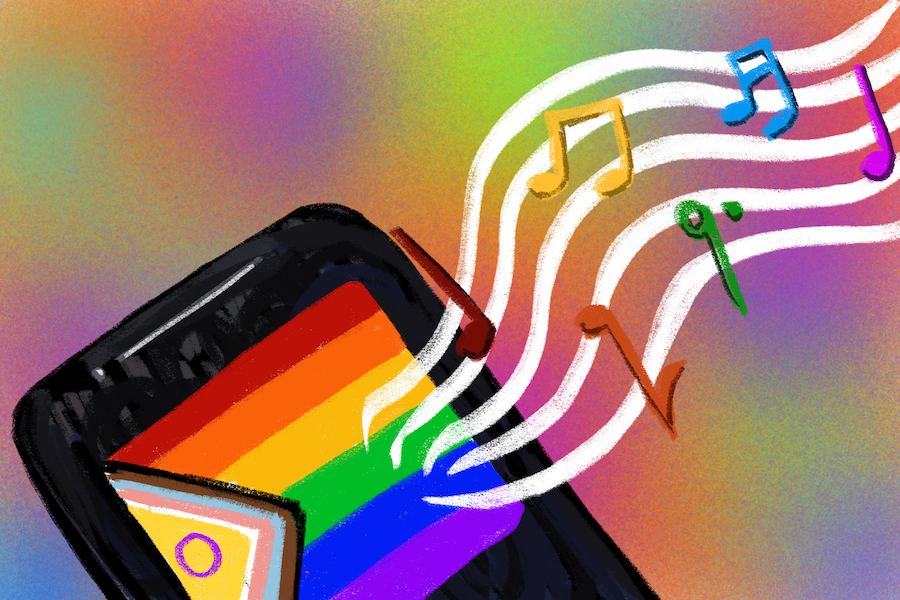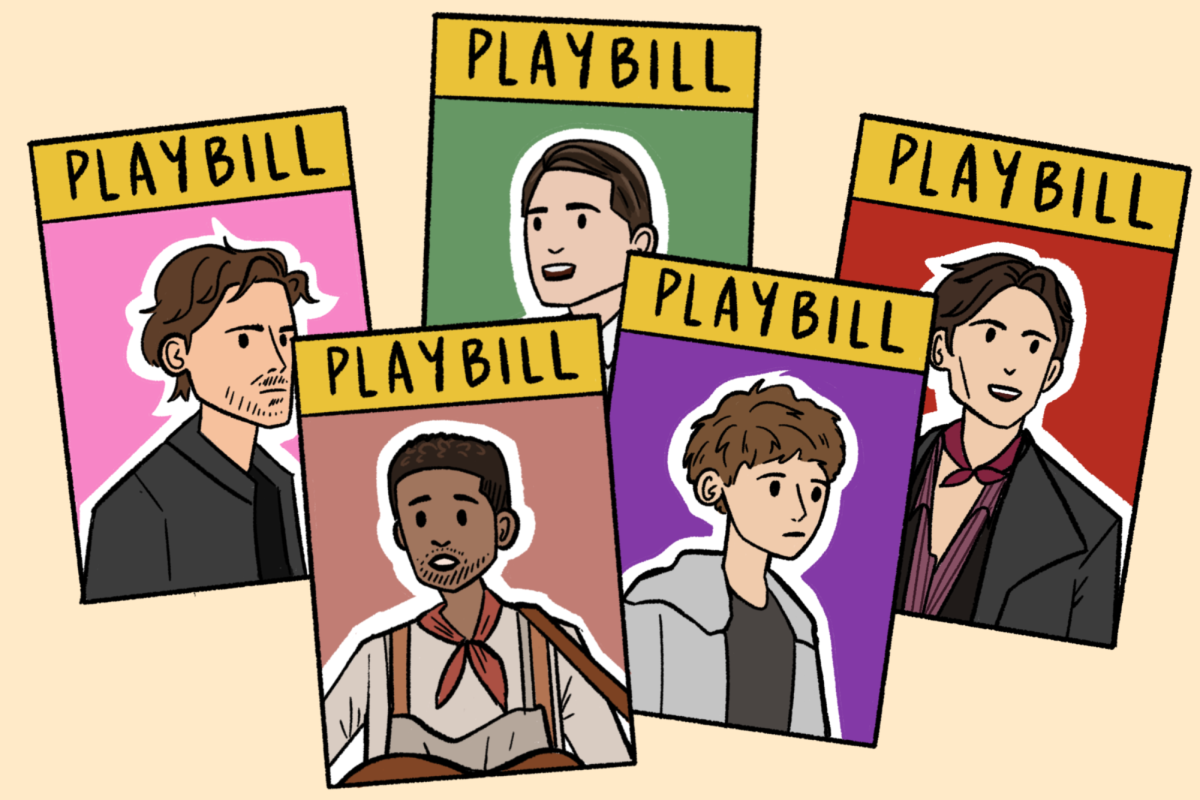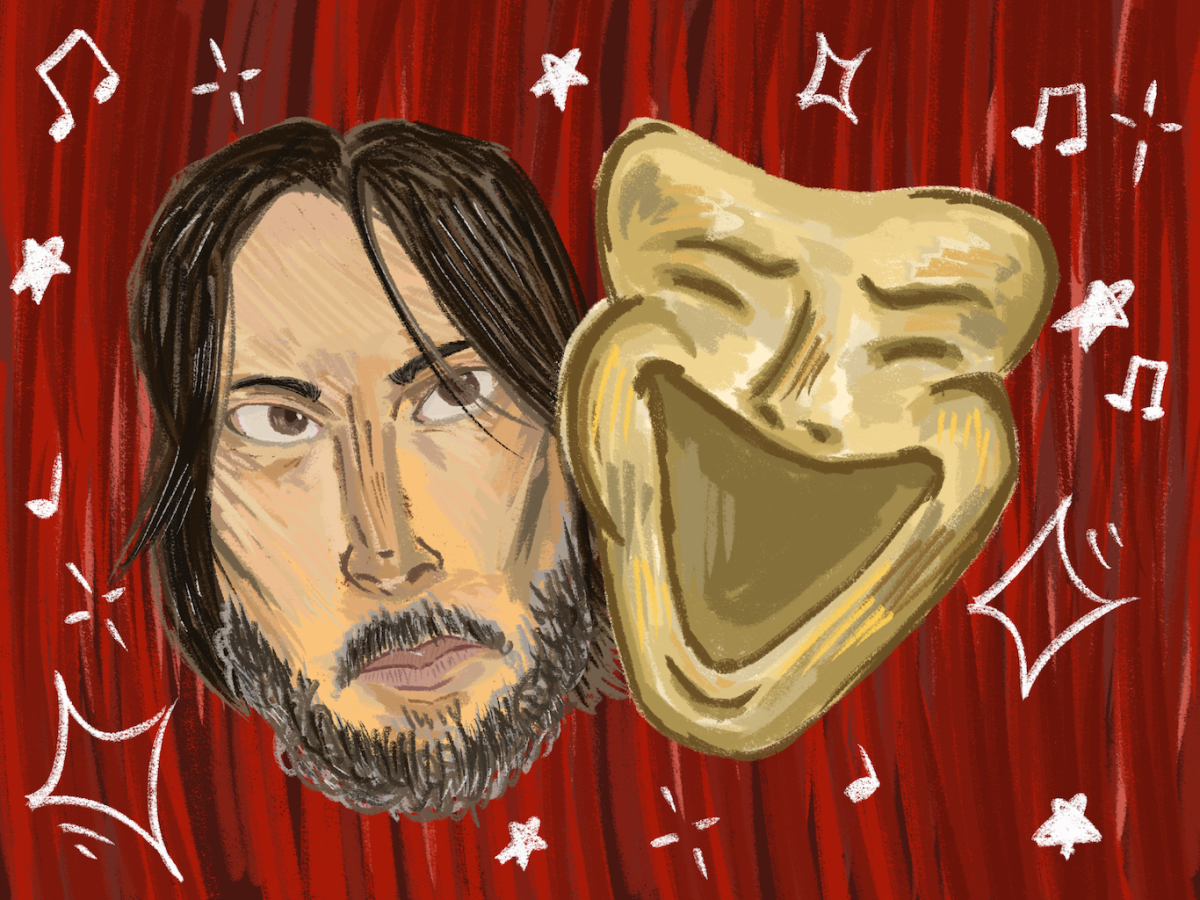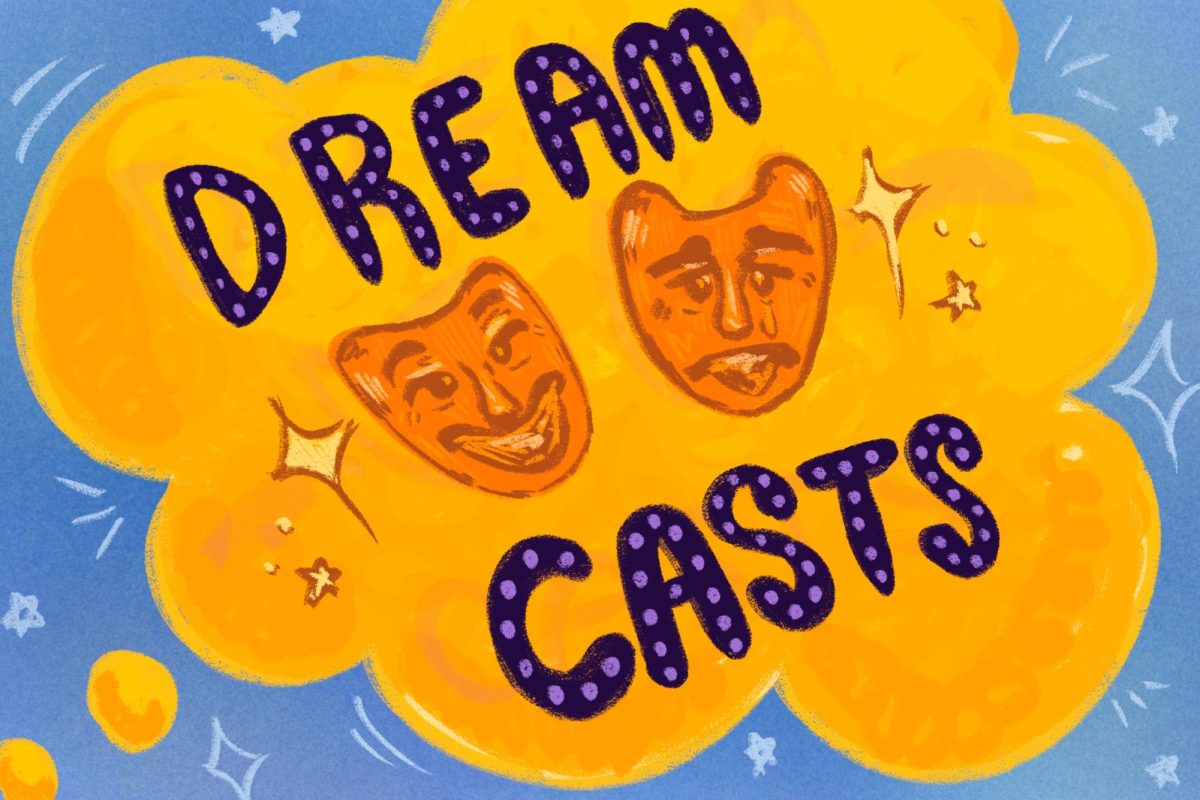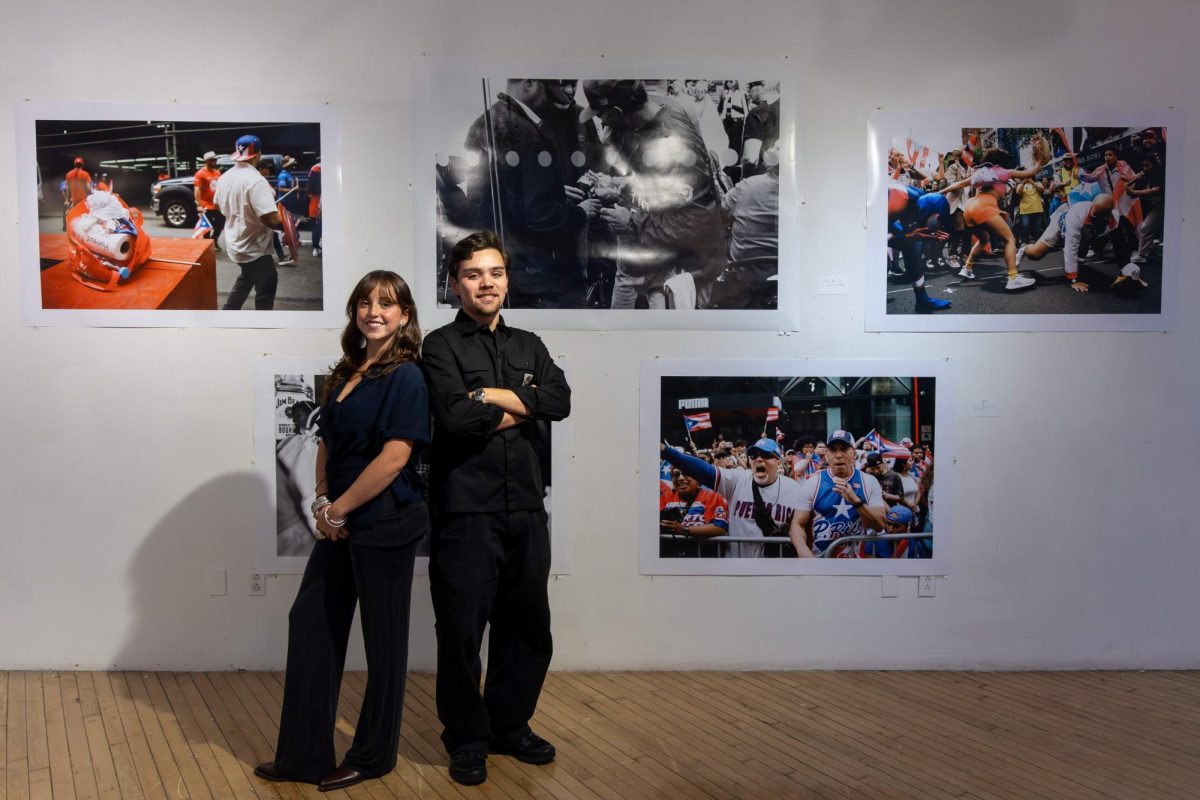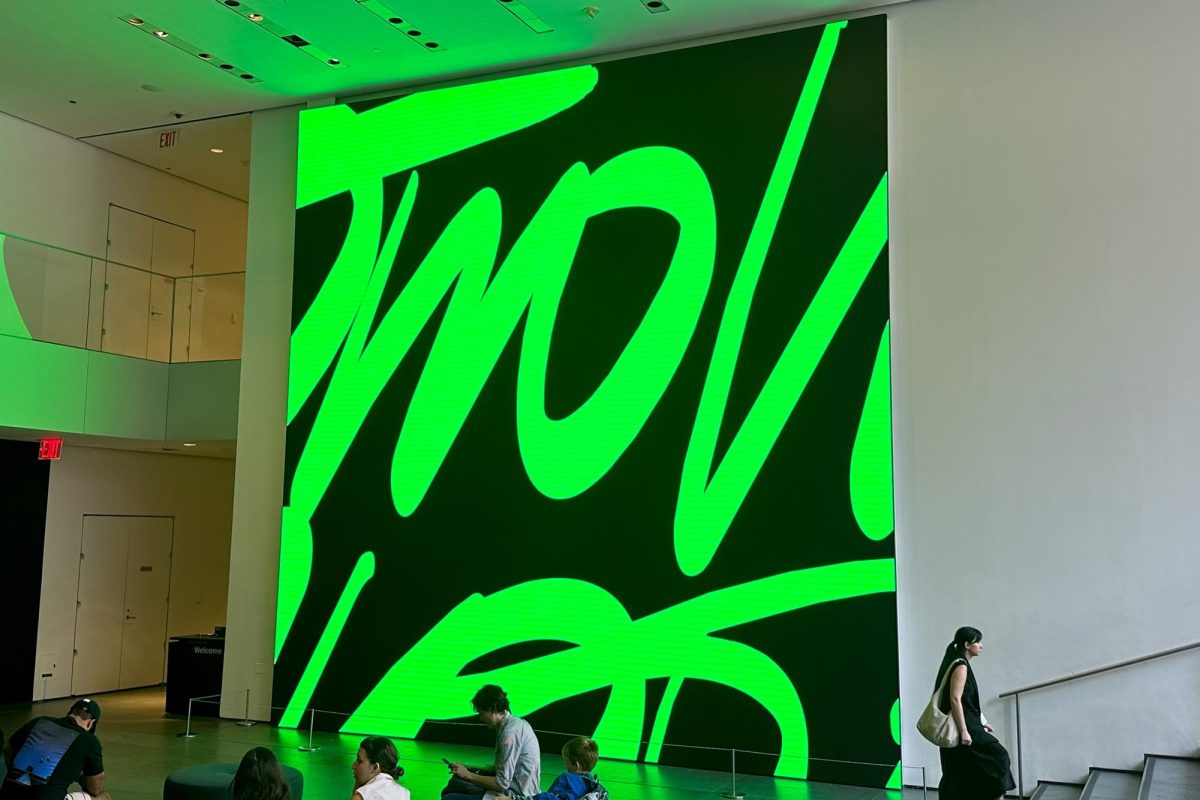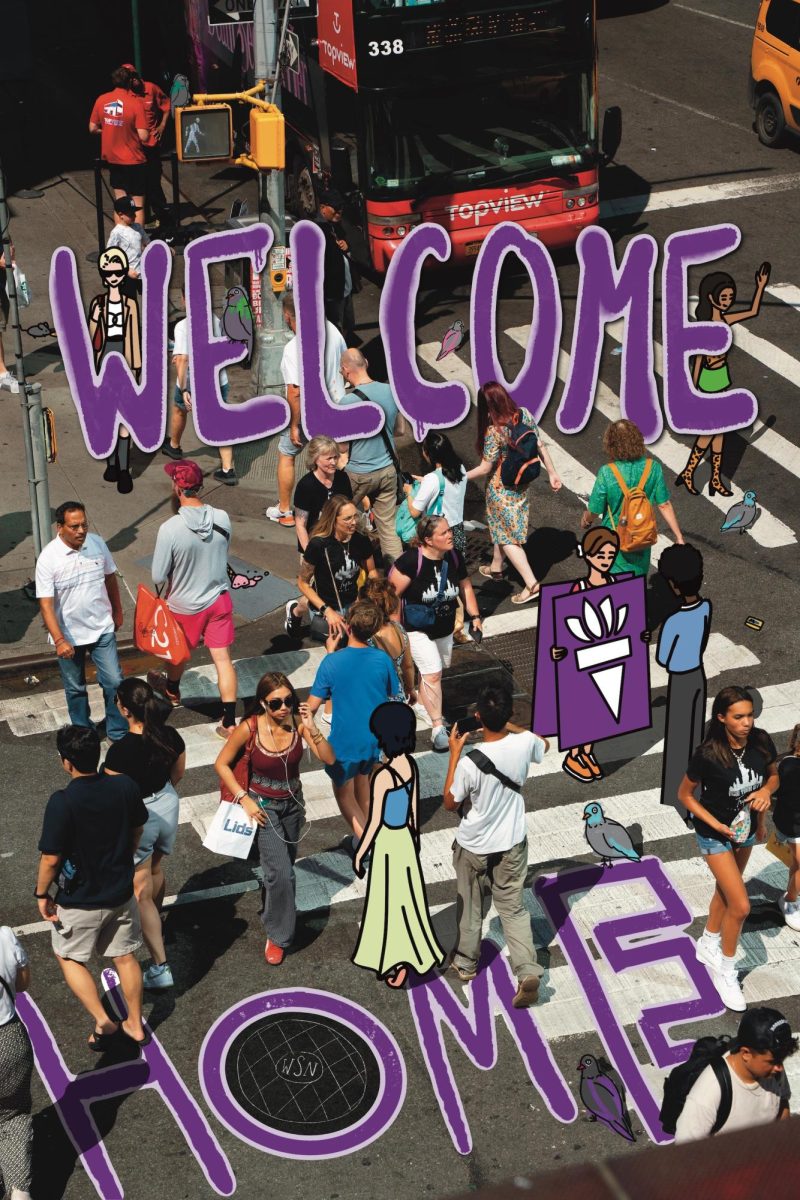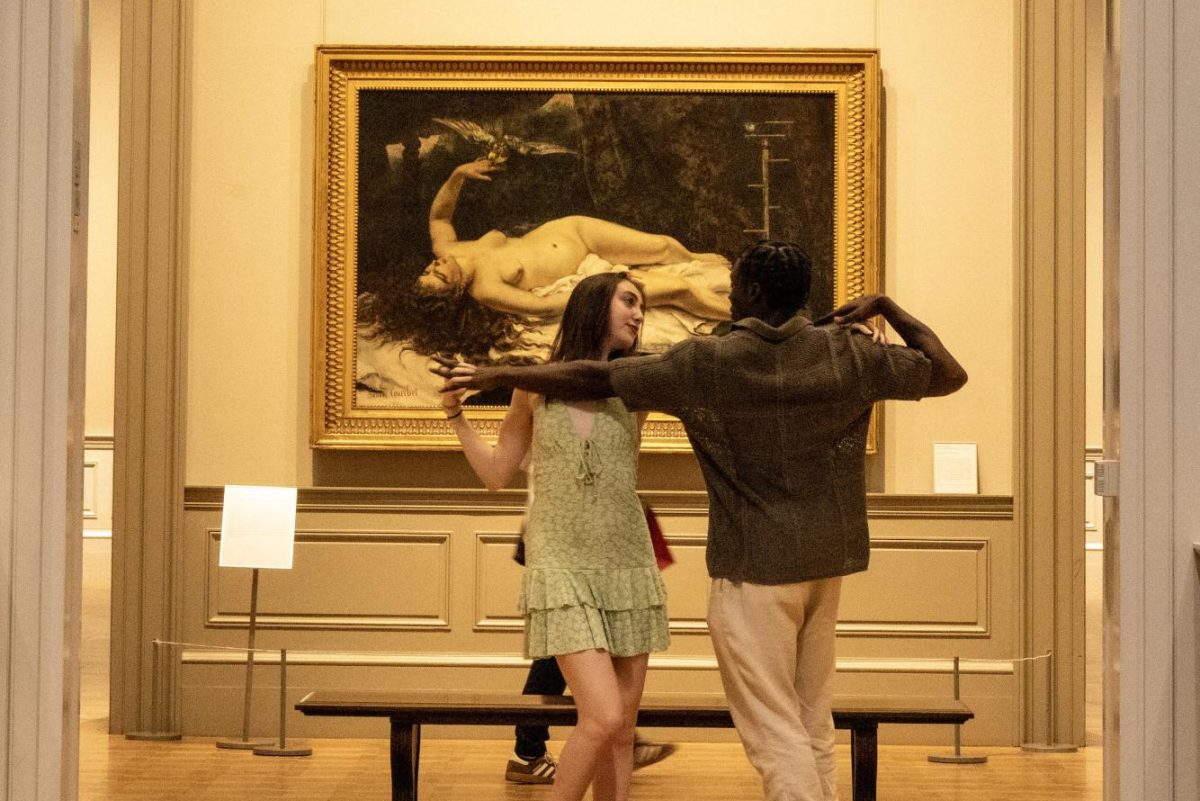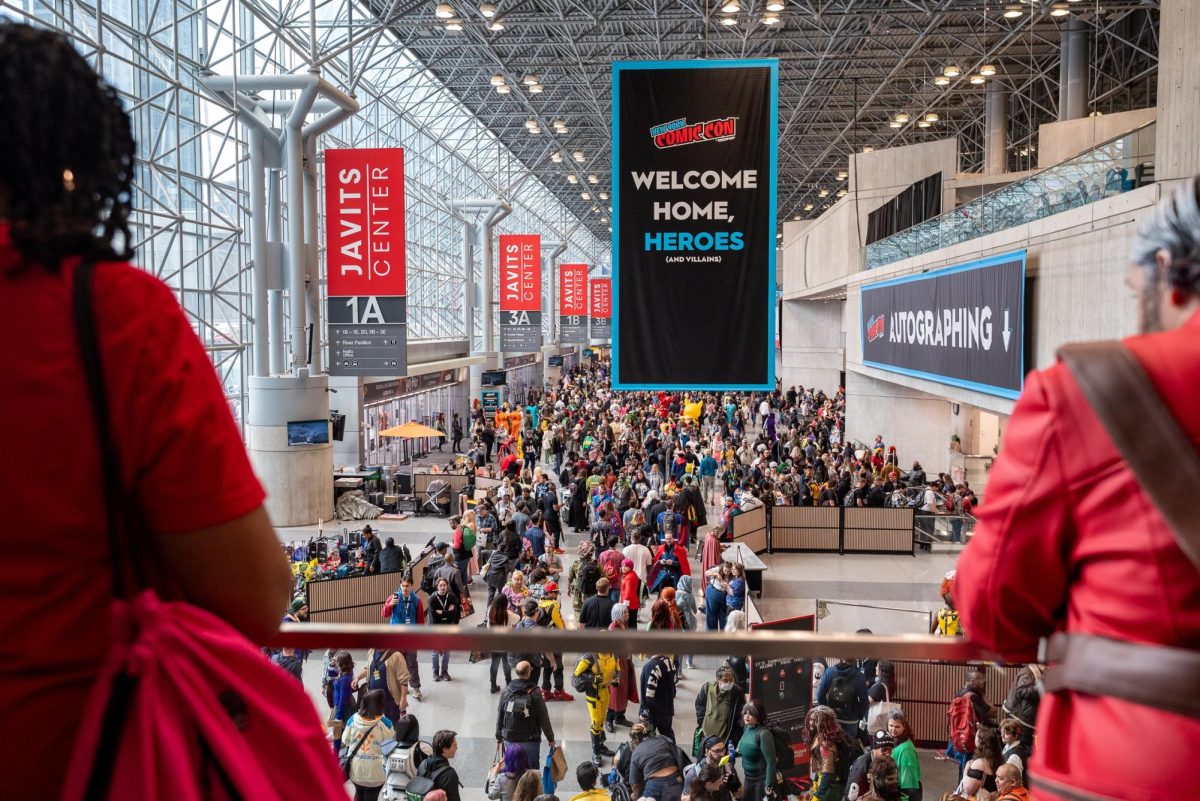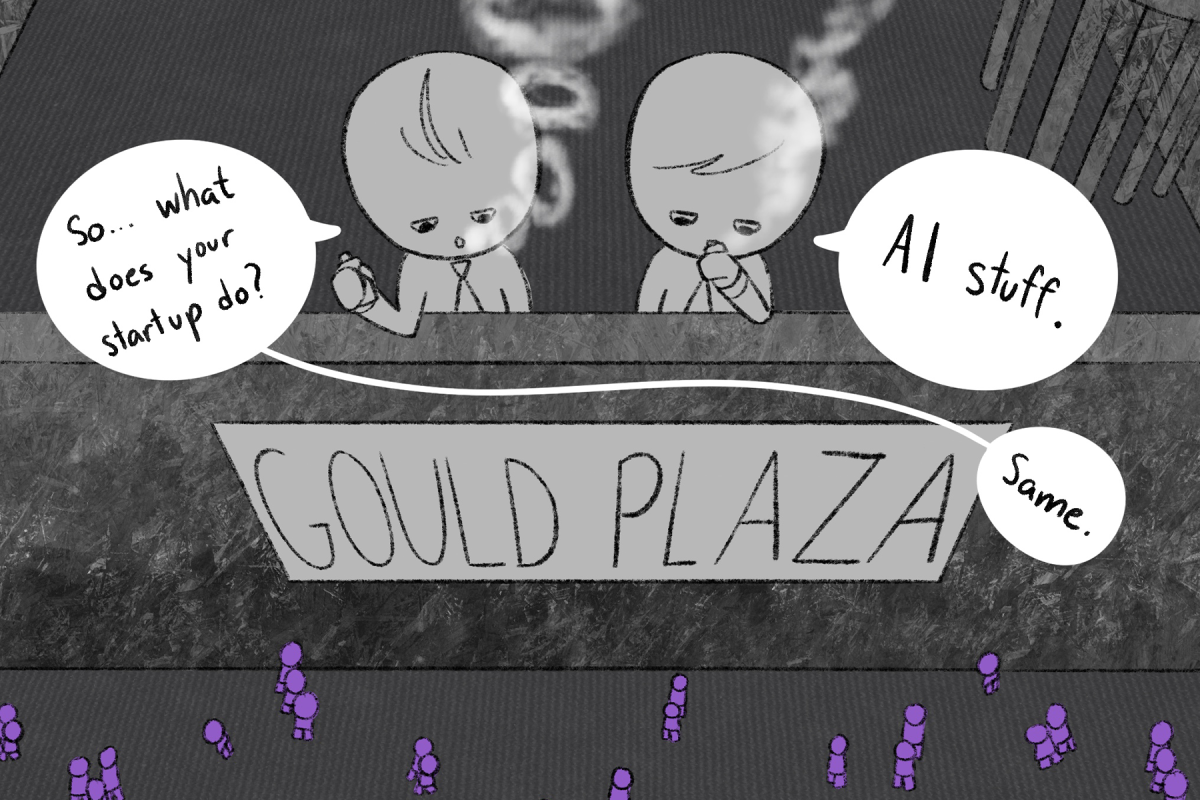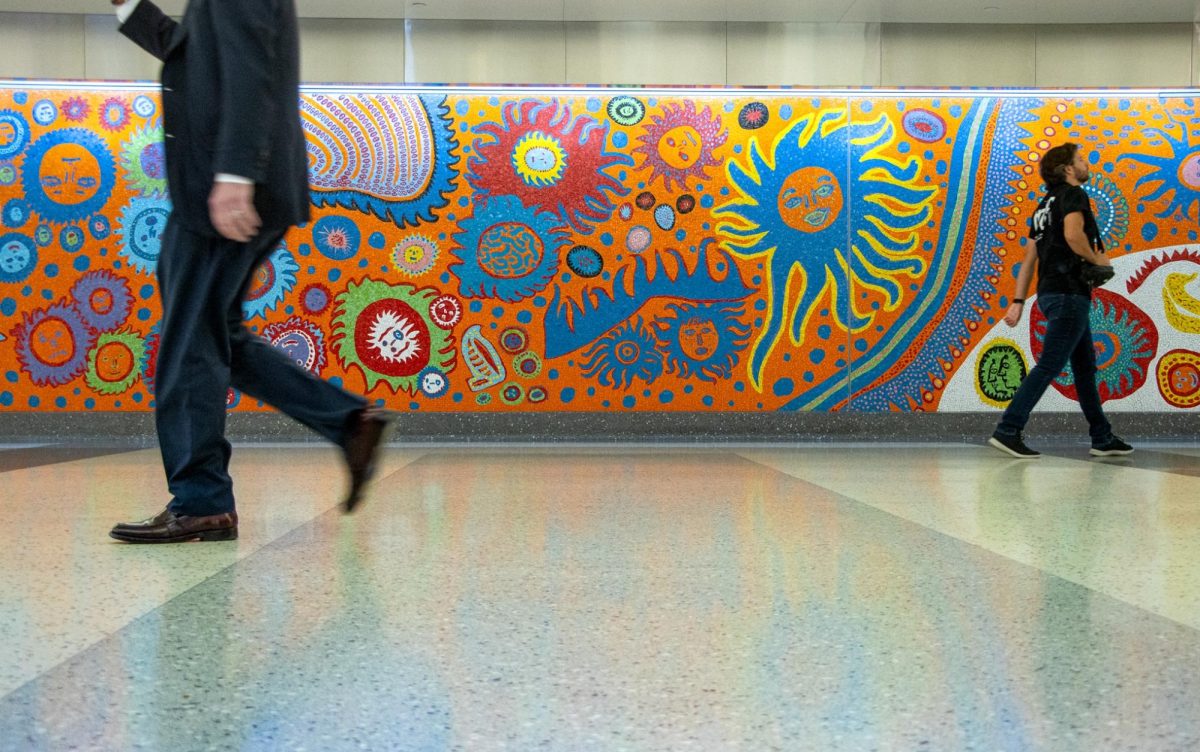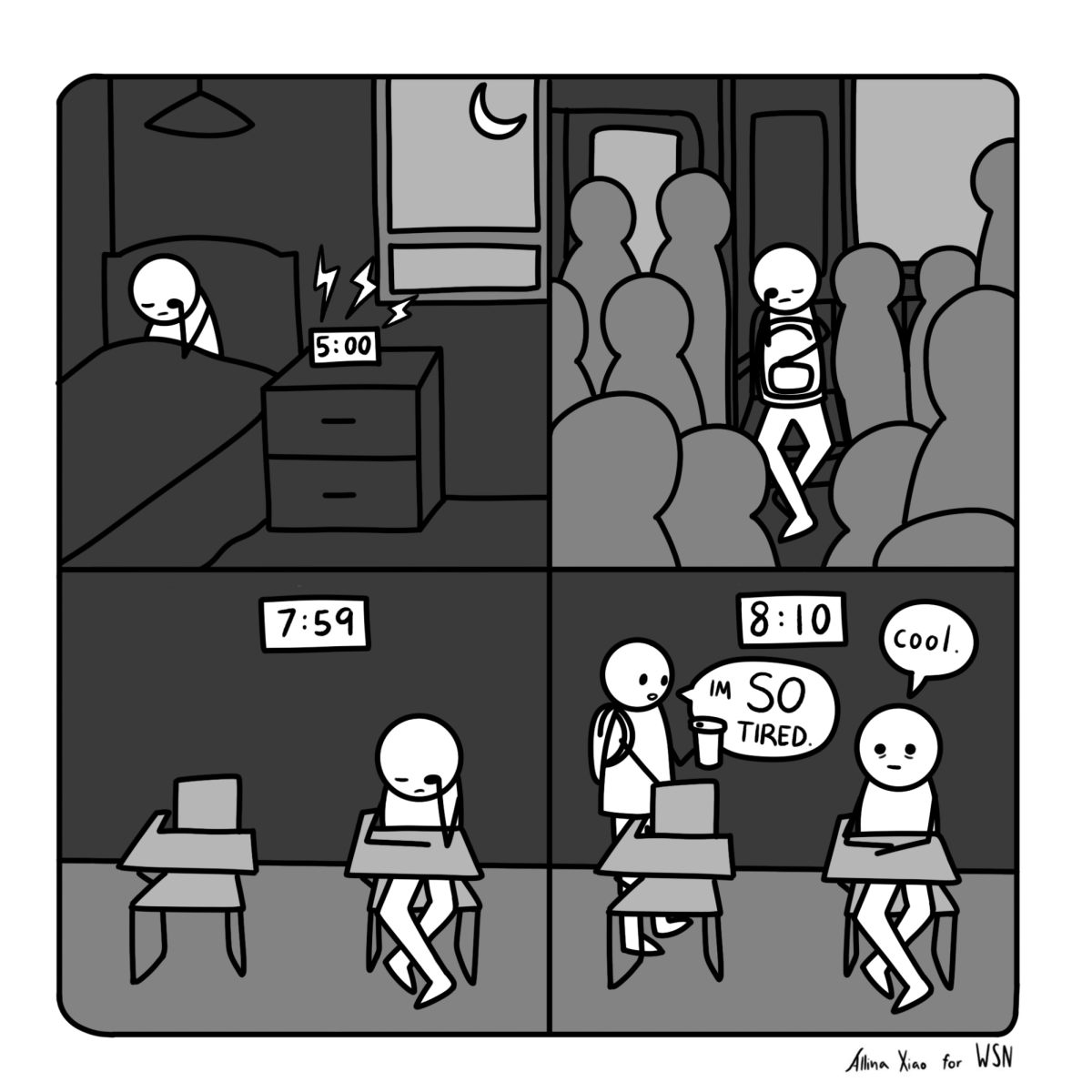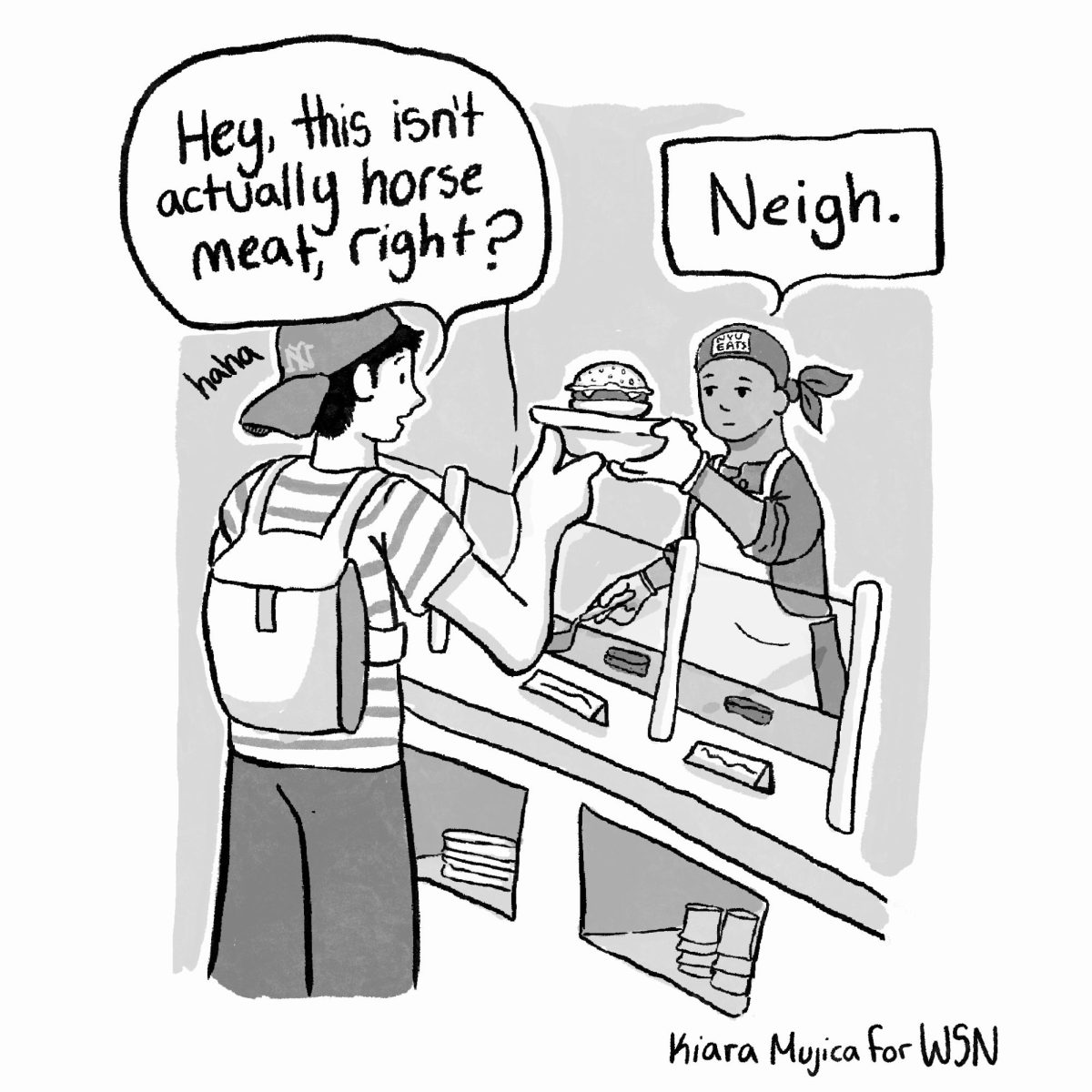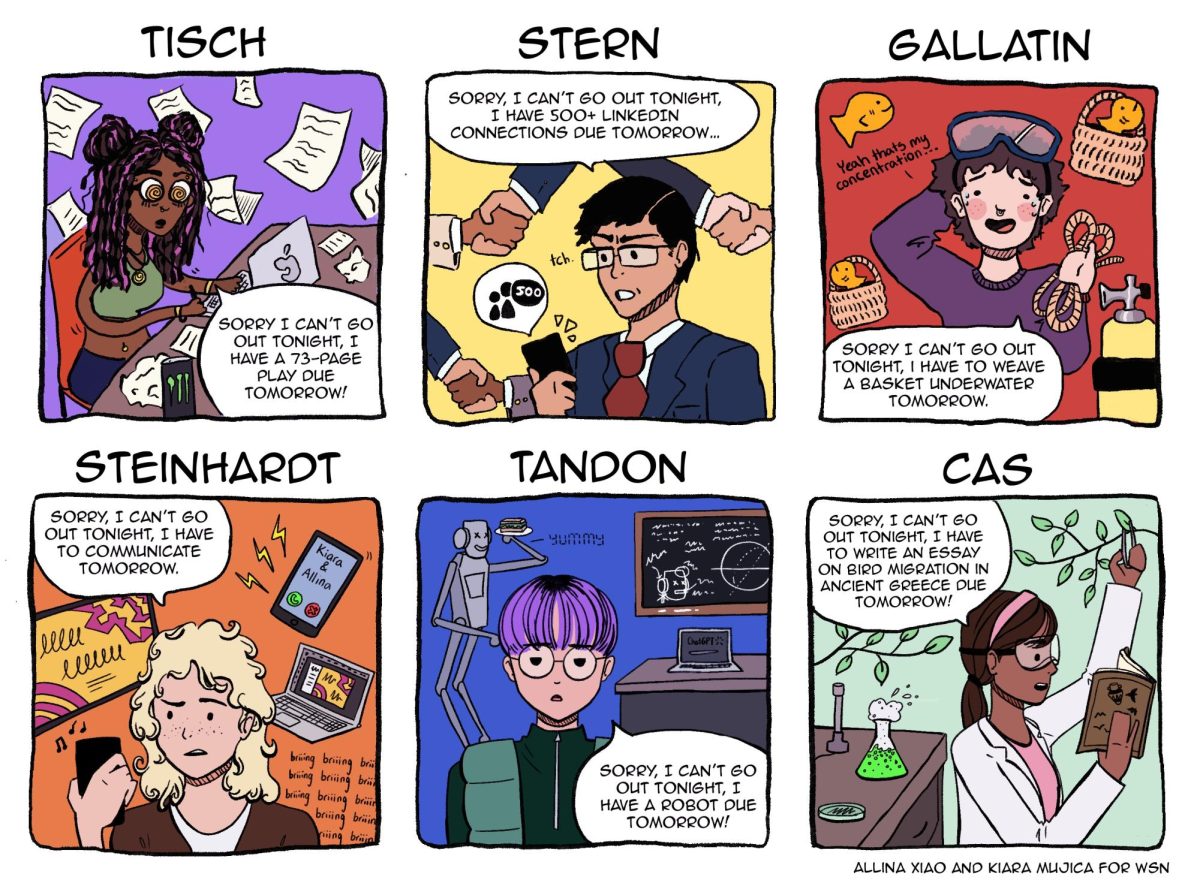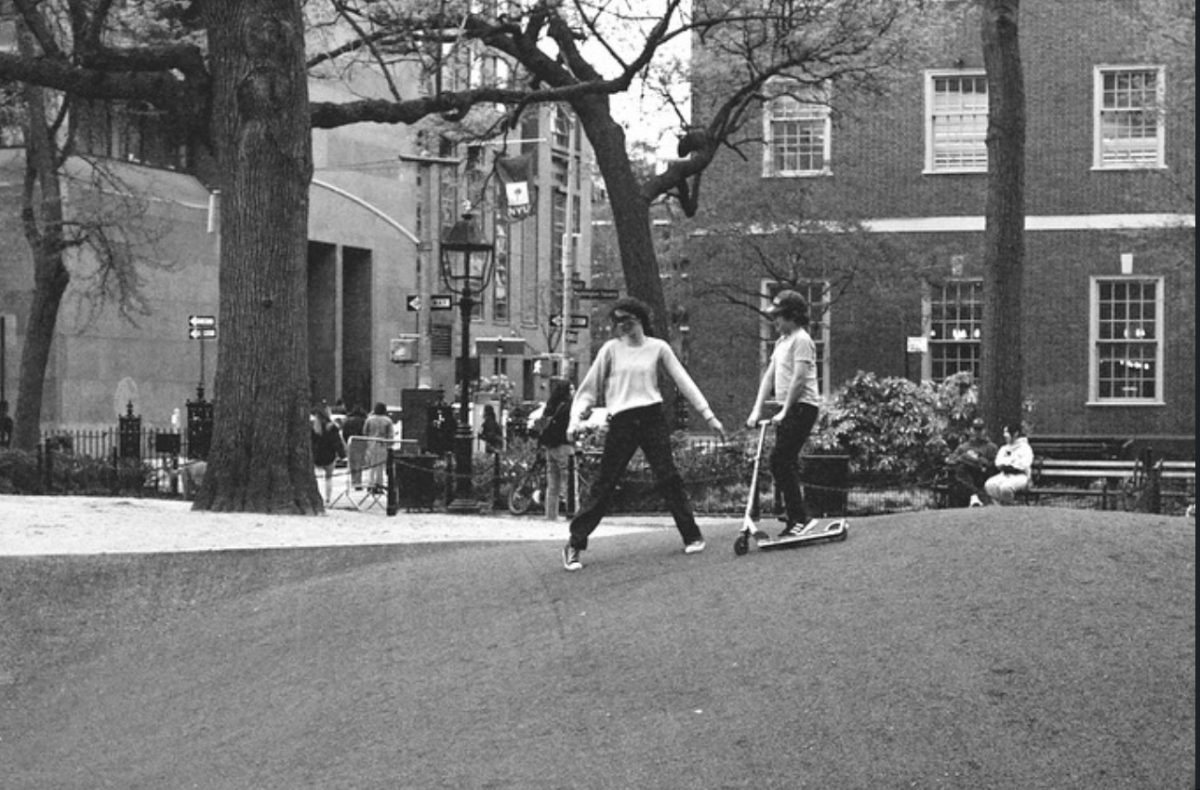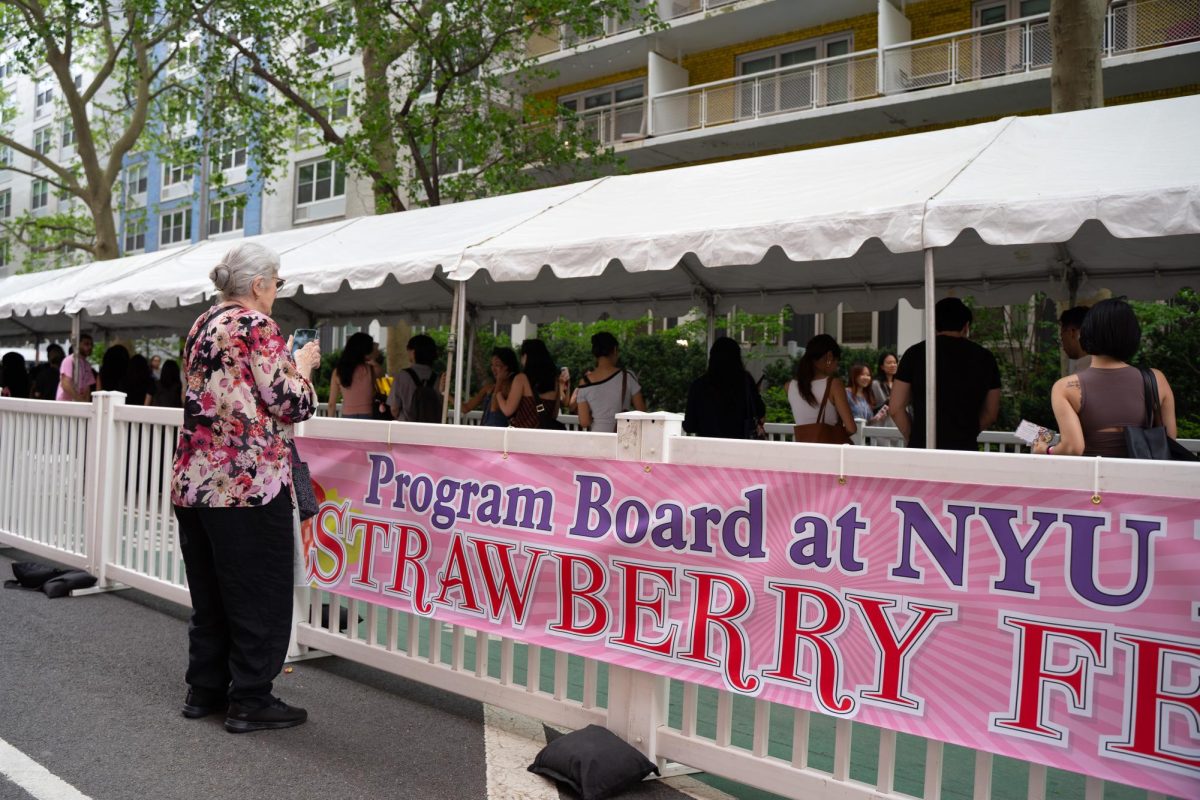This city is known for its many quirks — a Starbucks on every corner, unlimited hordes of rats and a plethora of street performers. One often overlooked oddity, and arguably most significant, is the $1 hot dog. Since German immigrants brought hot dogs to America in the late 19th century, the food has launched itself into American culture, often enjoyed during inherently patriotic environments like Fourth of July celebrations and baseball games. The hot dog’s walkability made way for the rise of city hot dog stands, which serve as an easy stop to grab a bite without having to sit and eat. It has long been a key element of New York City culture and an American classic — but now, it has grown into a multifaceted food item, fancied by upscale restaurants and Gen Z’ers on TikTok alike.
New York institutions like Nathan’s Famous, which opened its first hot dog stand on Coney Island in 1916, and Gray’s Papaya, which debuted in the Upper West Side in 1973, made the hot dog a cheap, accessible and beloved commodity. New York gave rise to the first wave of hot dogs, and it is responsible for starting a new one now: Bars and restaurants have brought a new, elevated aesthetic to the previously low-brow plate.
Now, hot dogs are no longer confined to street stands and baseball stadiums. Restaurants like The Bar Room at The Modern in Midtown and cocktail bar LilliStar in Williamsburg are serving innovative takes on the classic frankfurter — think $39 mini caviar hot dogs and $18 hot dog-inspired cocktails. LilliStar’s “Hot Doggin’ It” is presented in a foil-wrapped glass and garnished with a gummy hot dog, replacing the essence of a hot dog with the flavors of Dijon mustard and tomato.
Please Don’t Tell, a James Beard award-winning cocktail bar located inside hot dog restaurant Crif Dogs, is known for its odd entrance, which is accessed through a telephone booth. The speakeasy’s cocktail menu is accompanied by a wide selection of hot dogs, including the bacon-wrapped Elote Dog topped with corn, cotija cheese and chipotle mayo, and the Tsunami, another bacon-wrapped dog served with teriyaki sauce, scallions and chunks of pineapple.
Along with these creative hot dogs interpretations, the dish has also found a place at the forefront of Gen Z internet culture. From the newly-adopted term “glizzy” for the food to the emergence of “glizzy gobblers,” or influencers who consume mass numbers of hot dogs at a rapid pace, TikTok’s glizzy culture is modernizing America’s hot dog fascination. Perhaps it’s the suggestive quality of hot dogs in their oddly phallic shape, which causes similarly sexual internet fascinations for foods like pickles. Or maybe it’s the unexpectedness of people being able to eat mass amounts of the food — the reason why millions of Americans watch competitive eater Joey Chestnut shove 83 hot dogs down his throat in a 10-minute timeframe. The hot dog’s constant commodification in entertainment and dining have made it become somewhat chic, embracing not only the weird modern fascination with hot dogs, but its central position in American pop culture.
Foods commercialized beyond their humble beginnings have a tendency to become reserved for higher classes. Lobster is a prime example of this: The seafood, which was initially considered a cheap ingredient and even used as prison food, is now a high-class luxury. Yet, despite the many bars, restaurants and even TikToks that have commodified the humble hot dog, it still remains available to all. Hot dogs have entered the realm of upscale dining without losing its classic elements and broad customer base. You can still find hot dogs at any baseball game’s concession stand and buy the hot-dog-and-soda combo for $1.50 at Costco. Hot dog chic does not remove from the food’s place as an American classic.
The hot dog is a testament to American values of social mobility and humility. While making its way into fine dining, the hot dog maintains its reputation as an accessible food for the people. Yes, hot dogs are awkwardly shaped and consistently perverted by the internet — but they are a keystone in American food culture. The day hot dogs are no longer celebrated will be the day American culture dies.
Contact Sreya Nair at [email protected].






